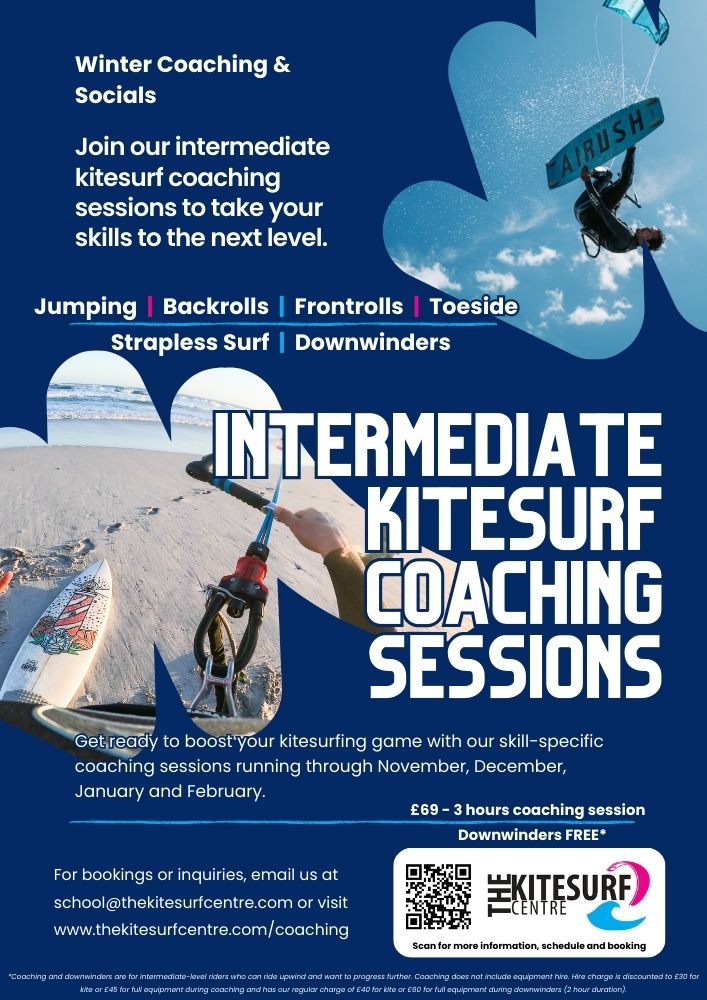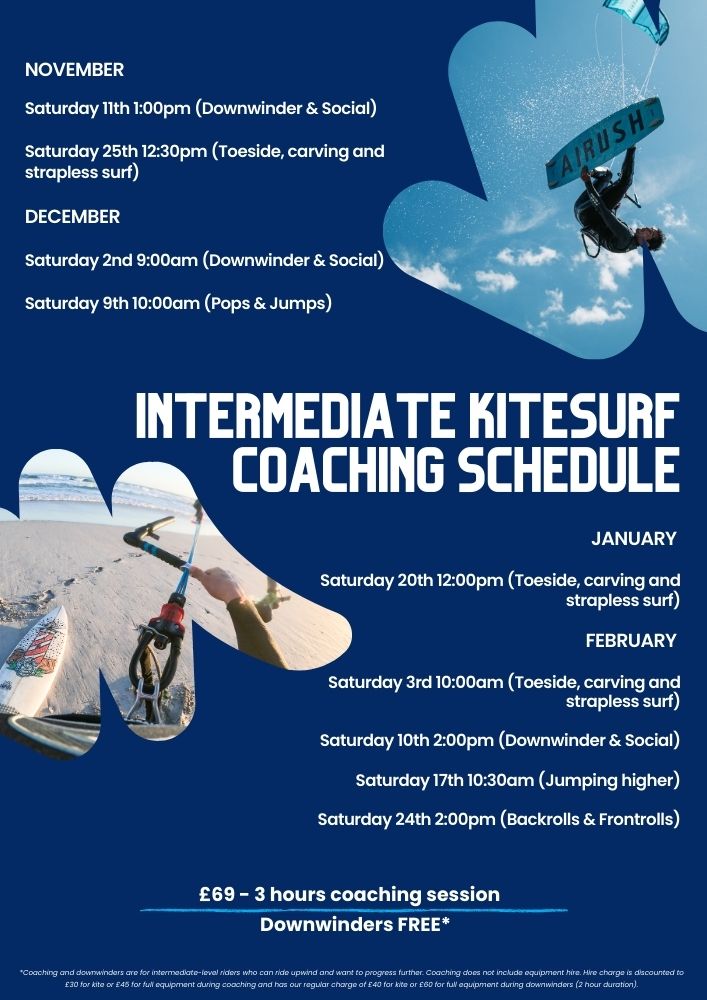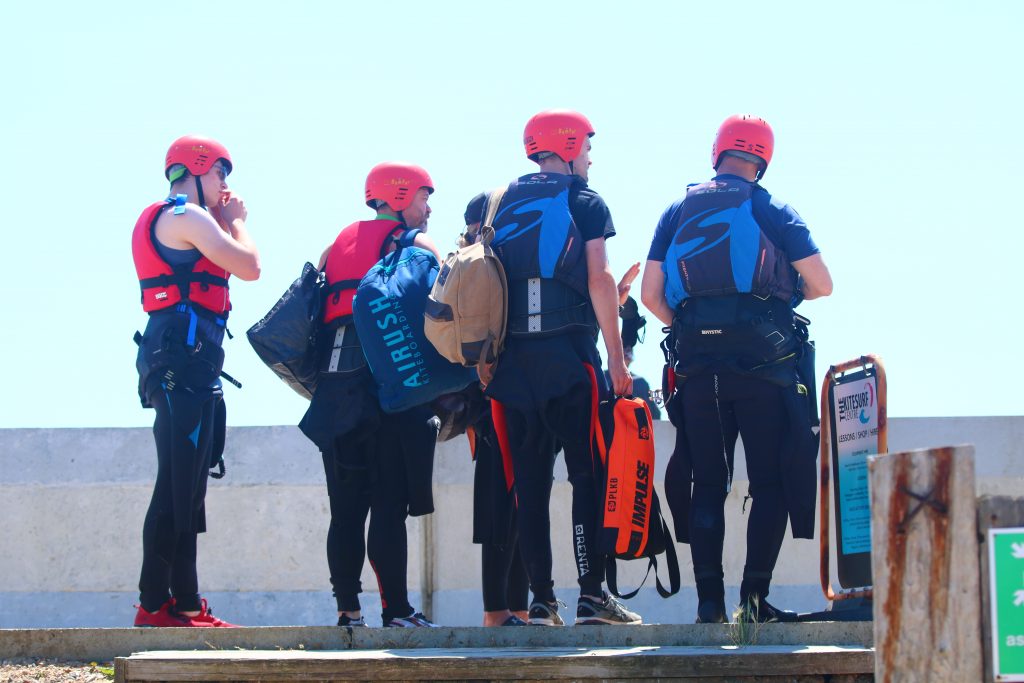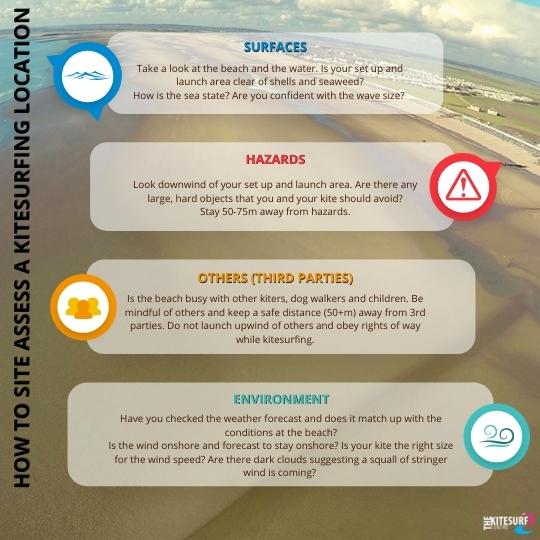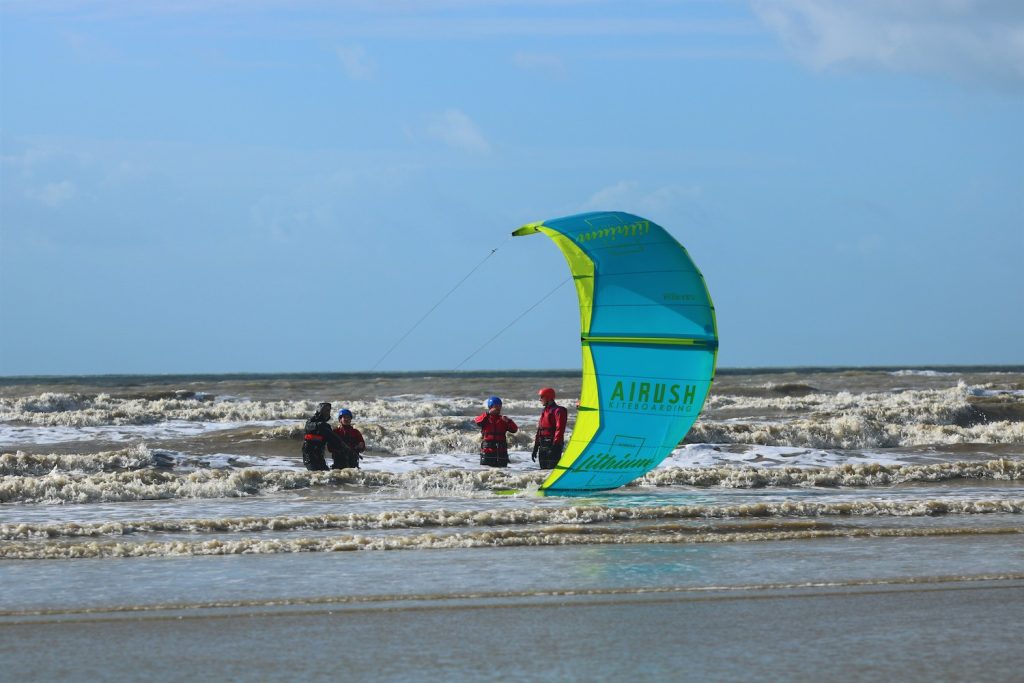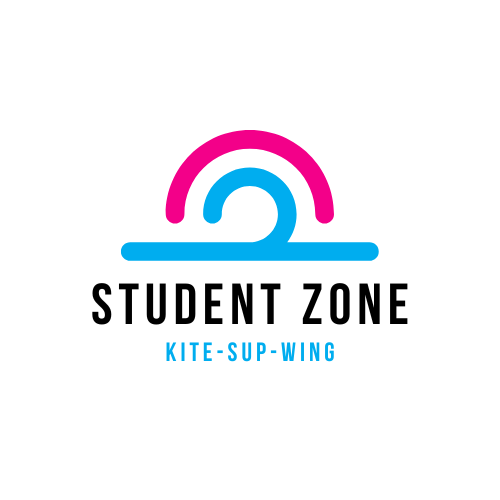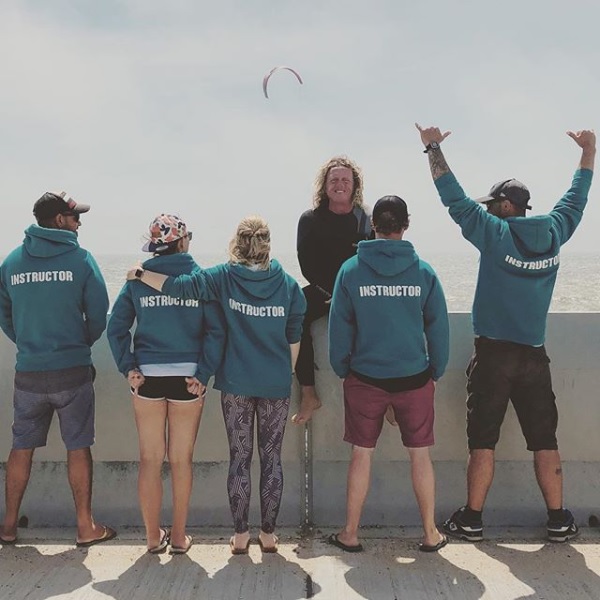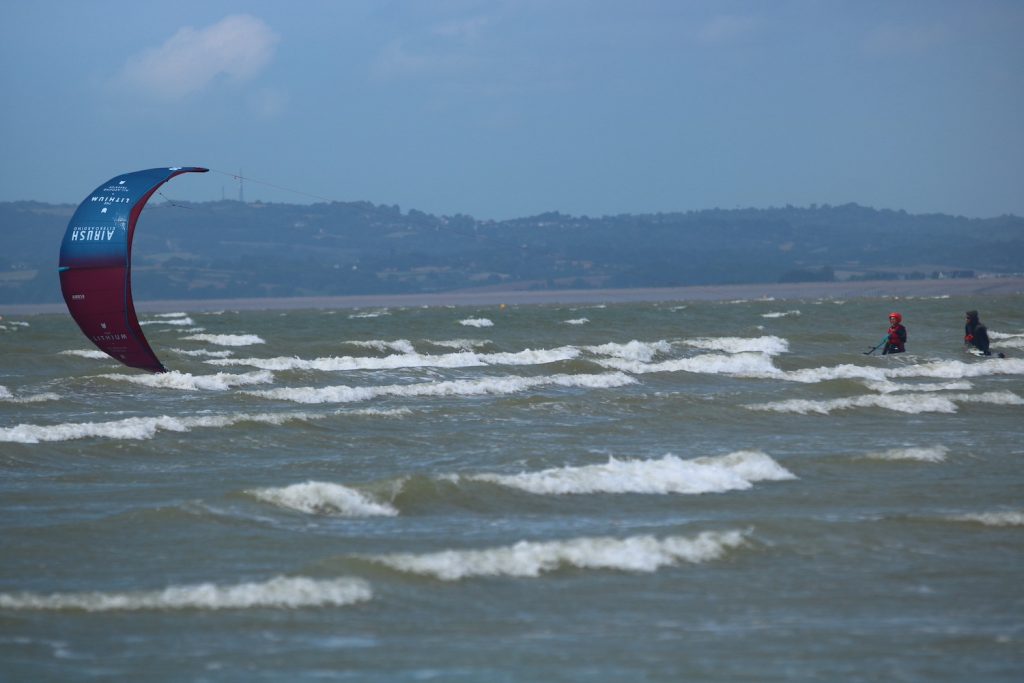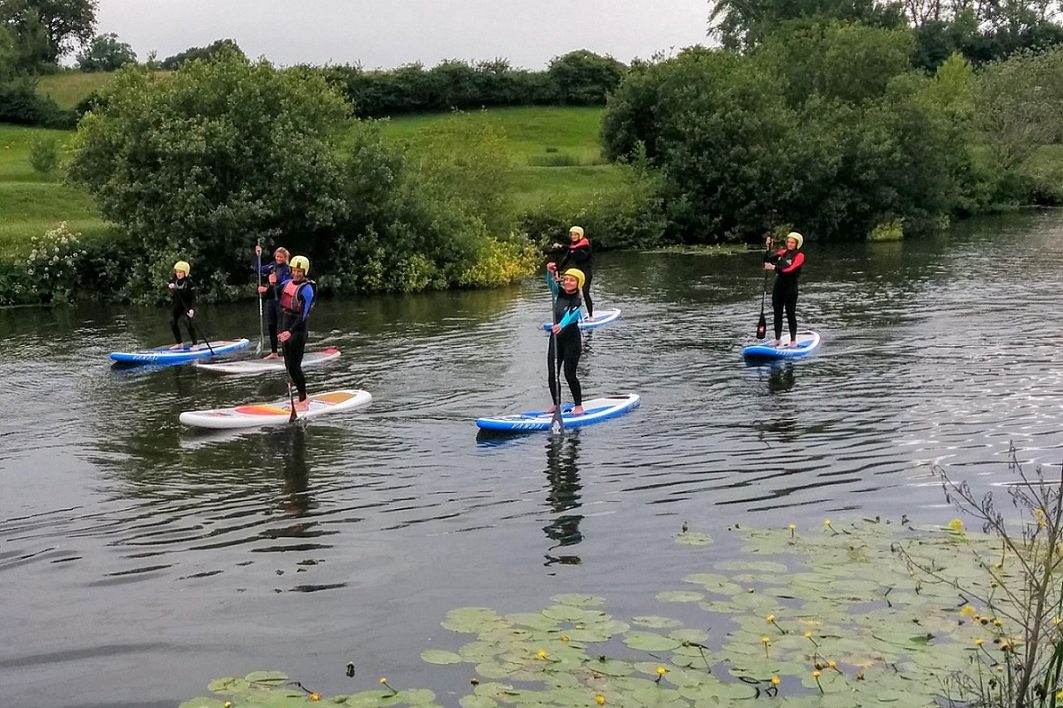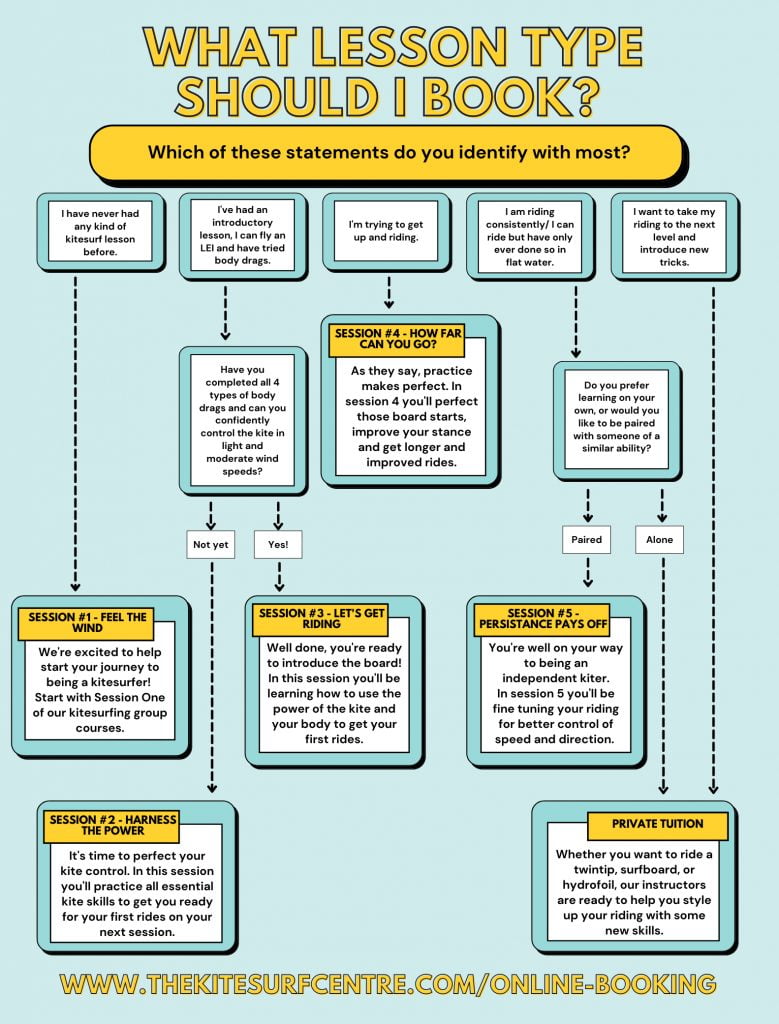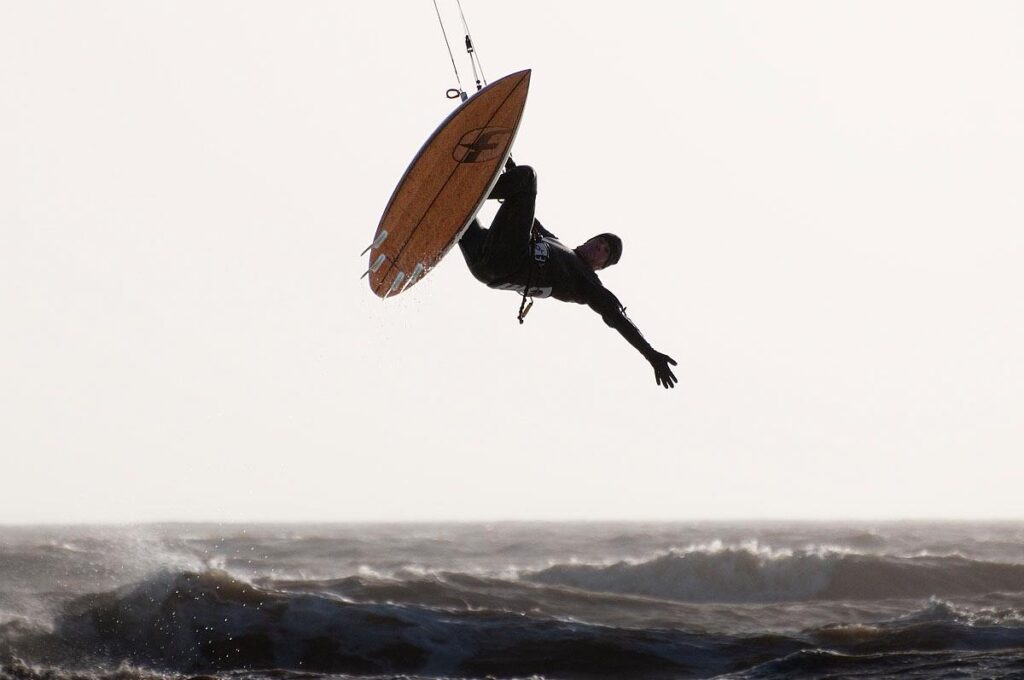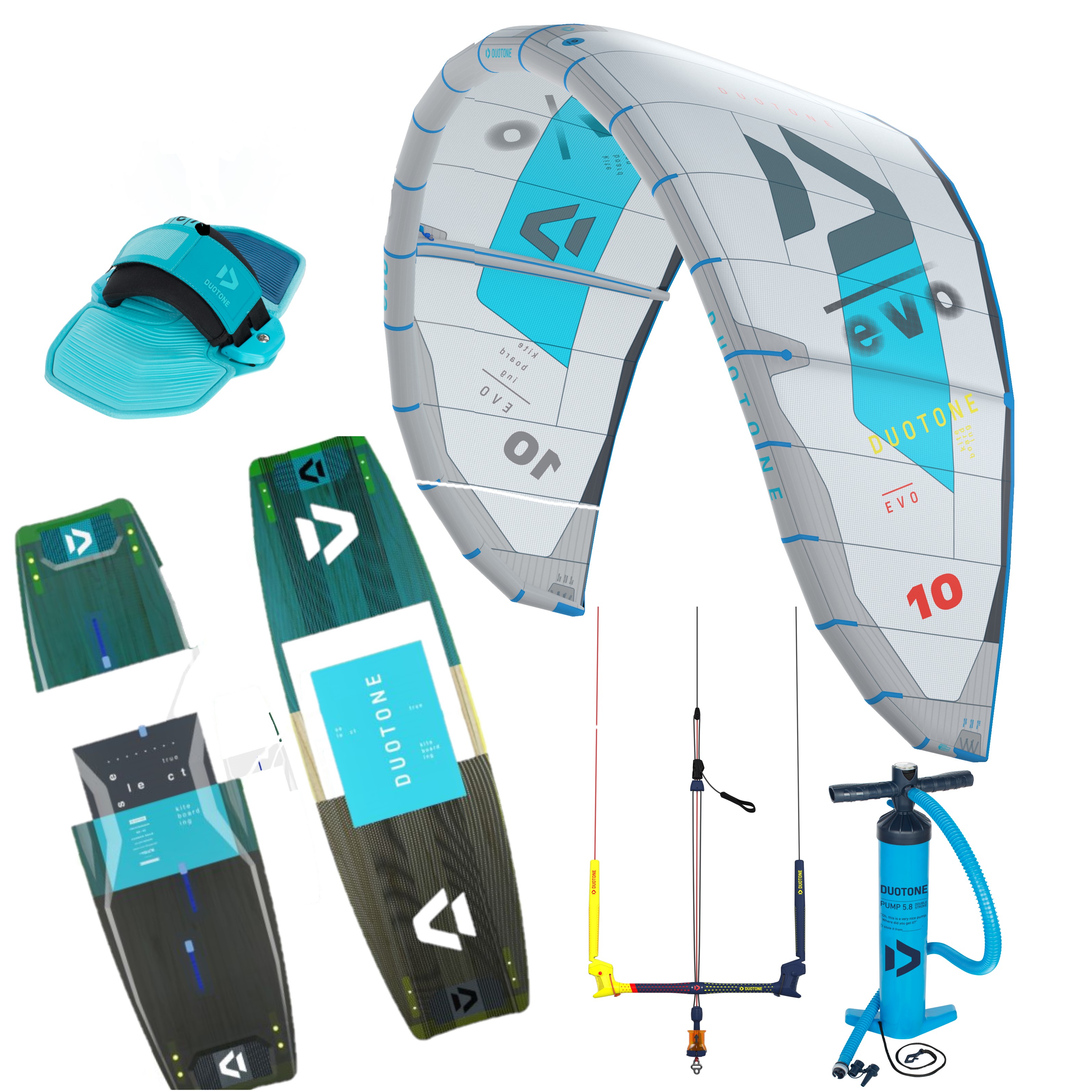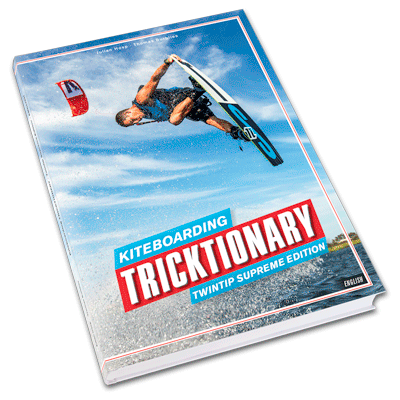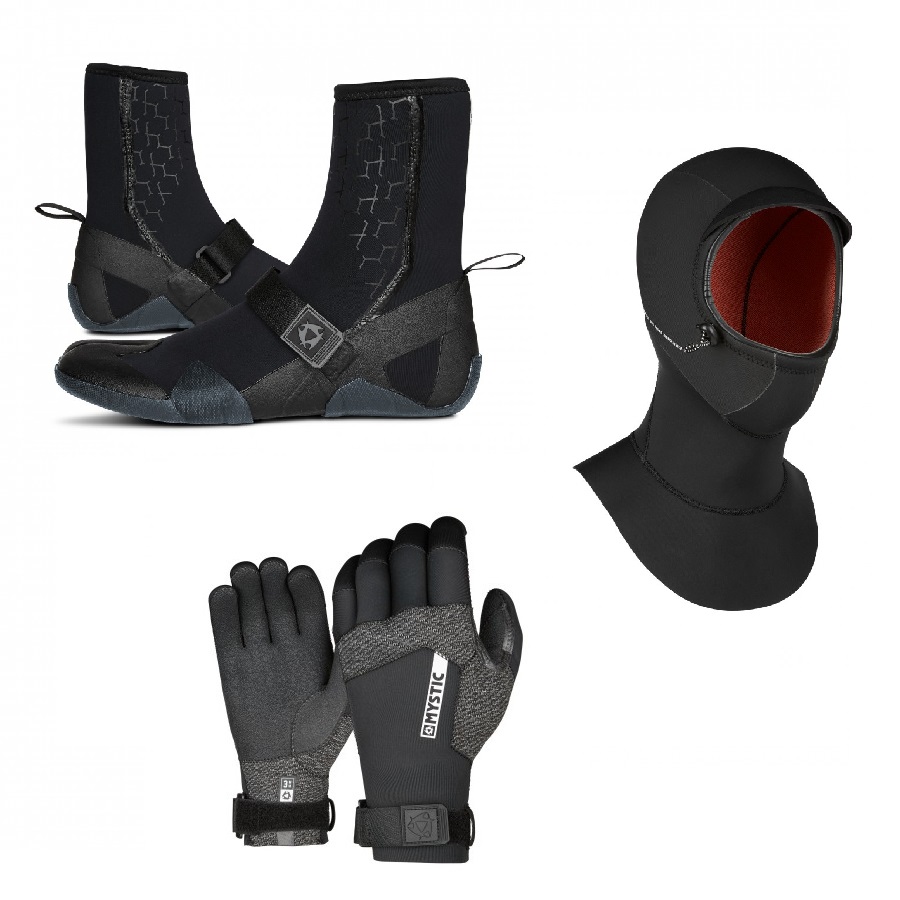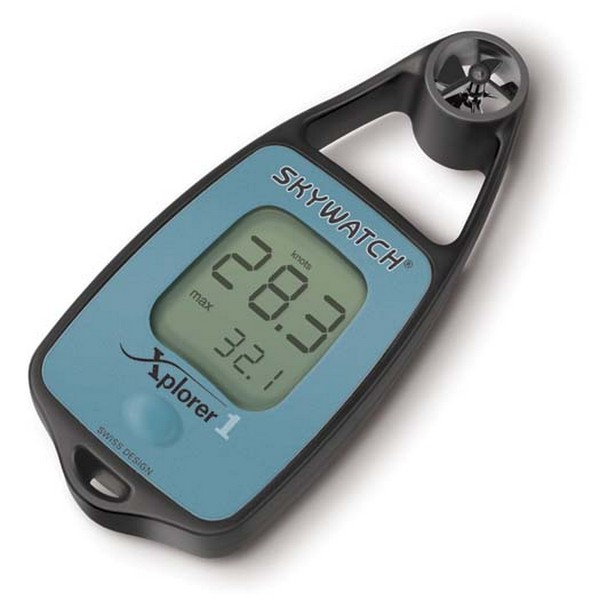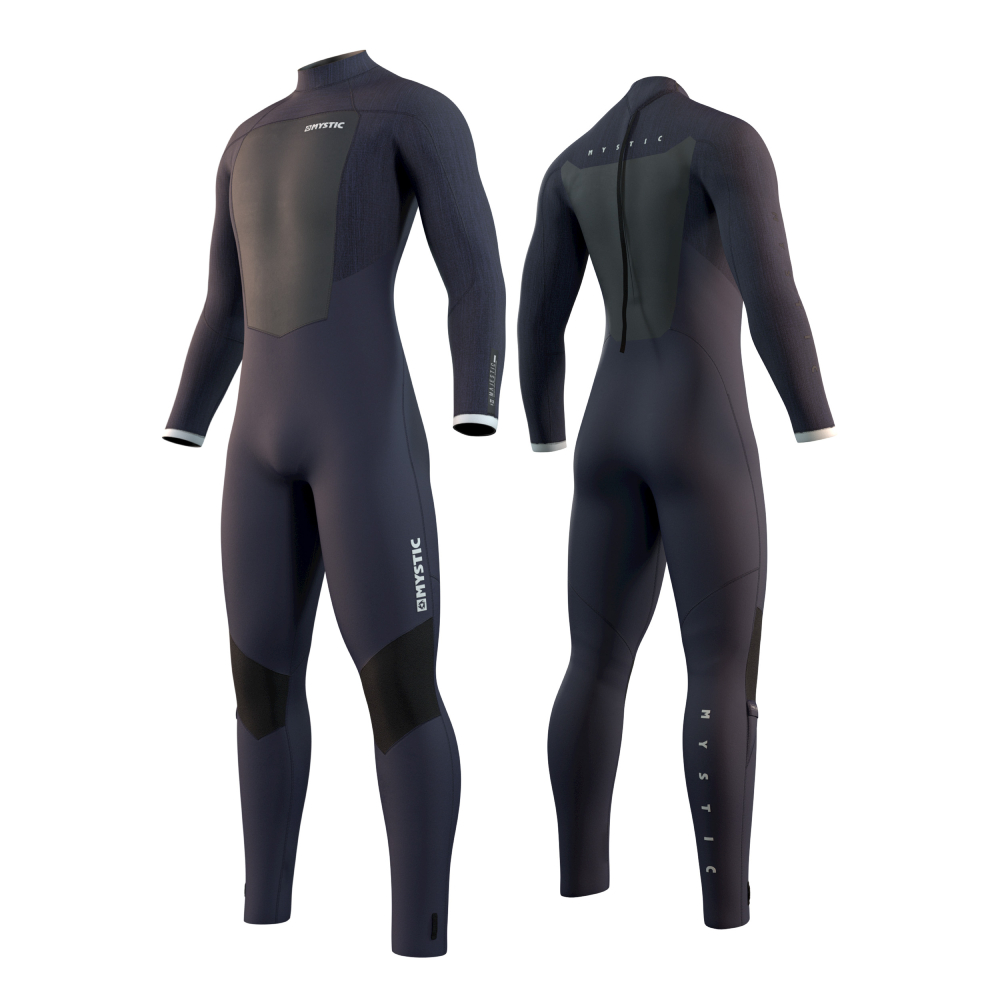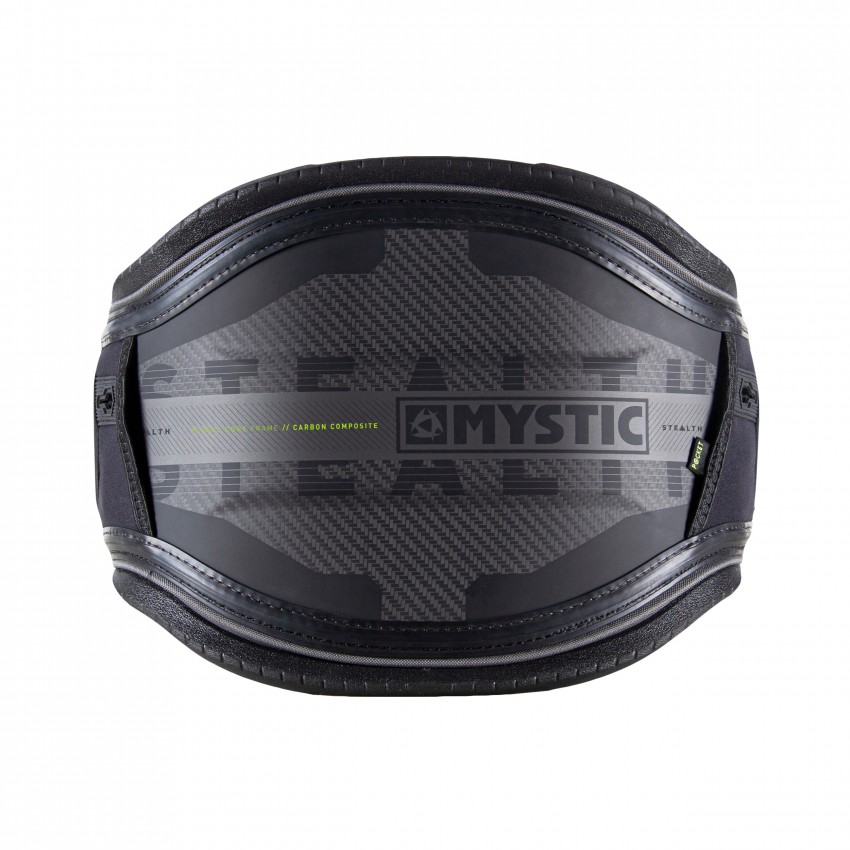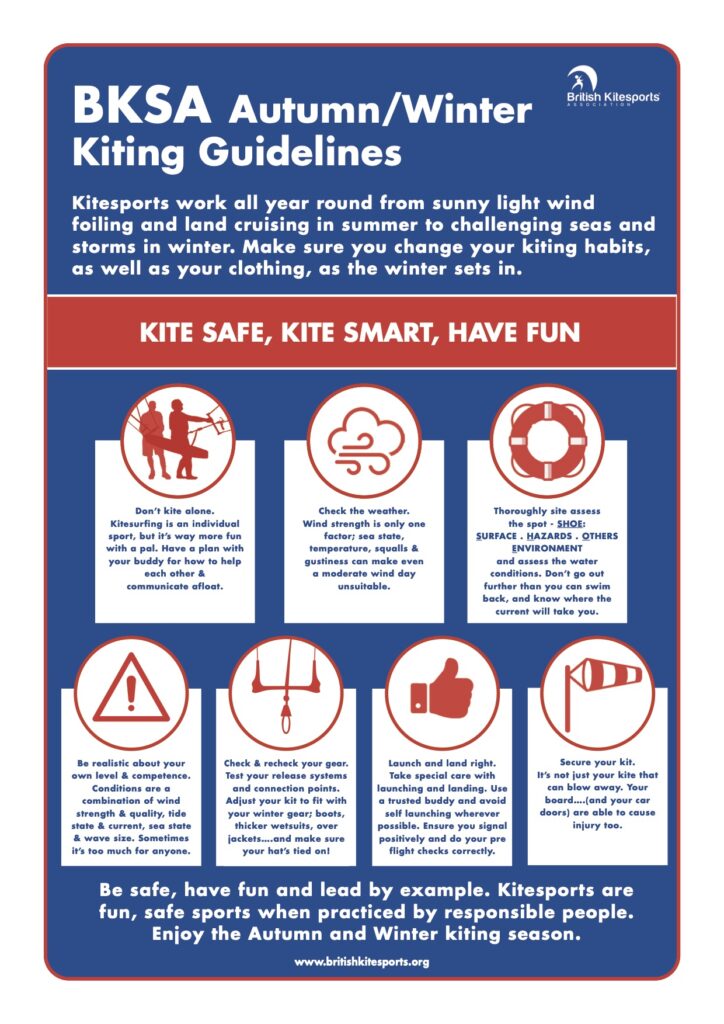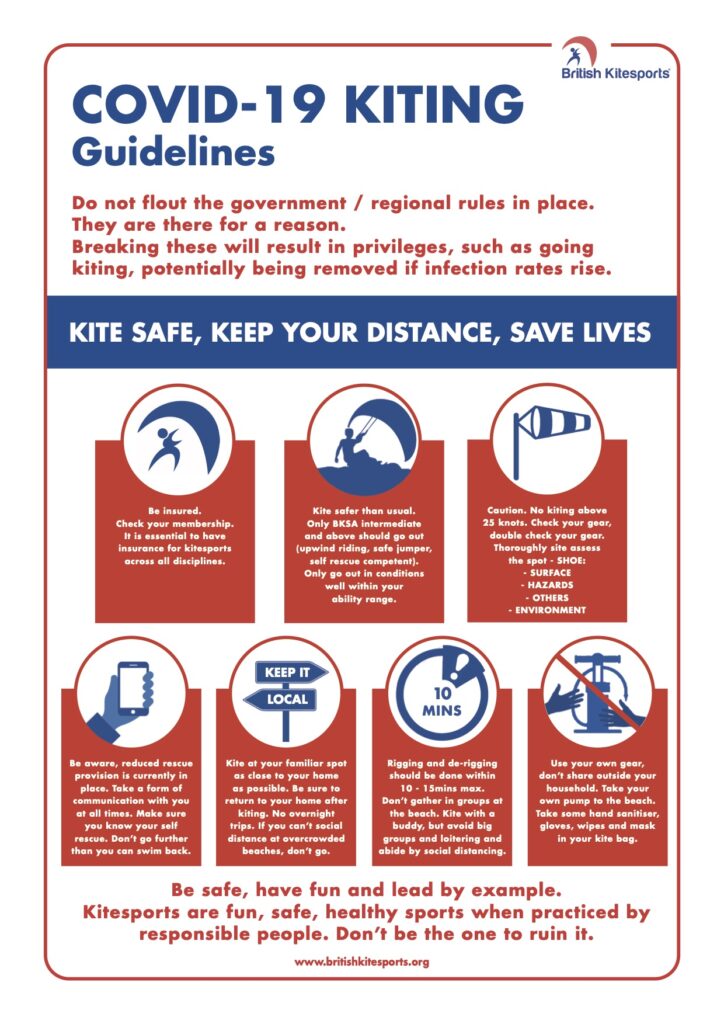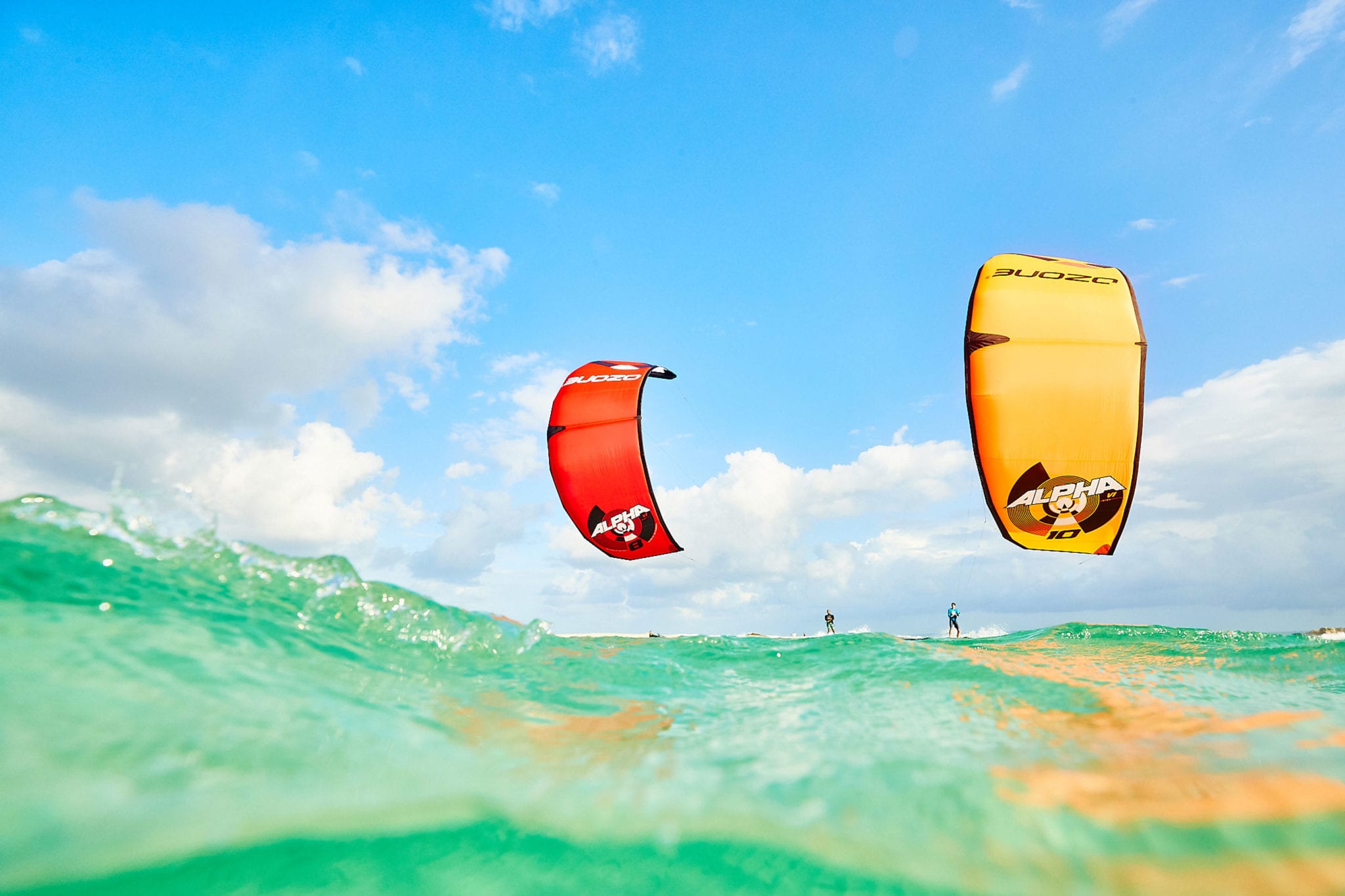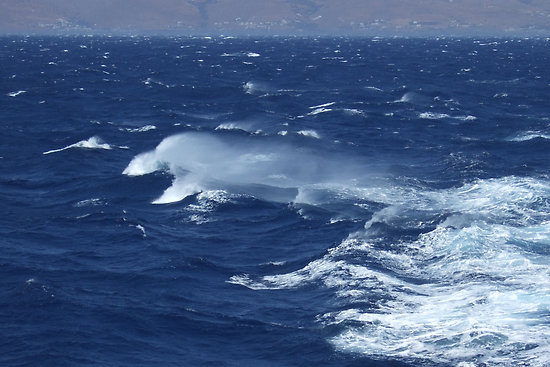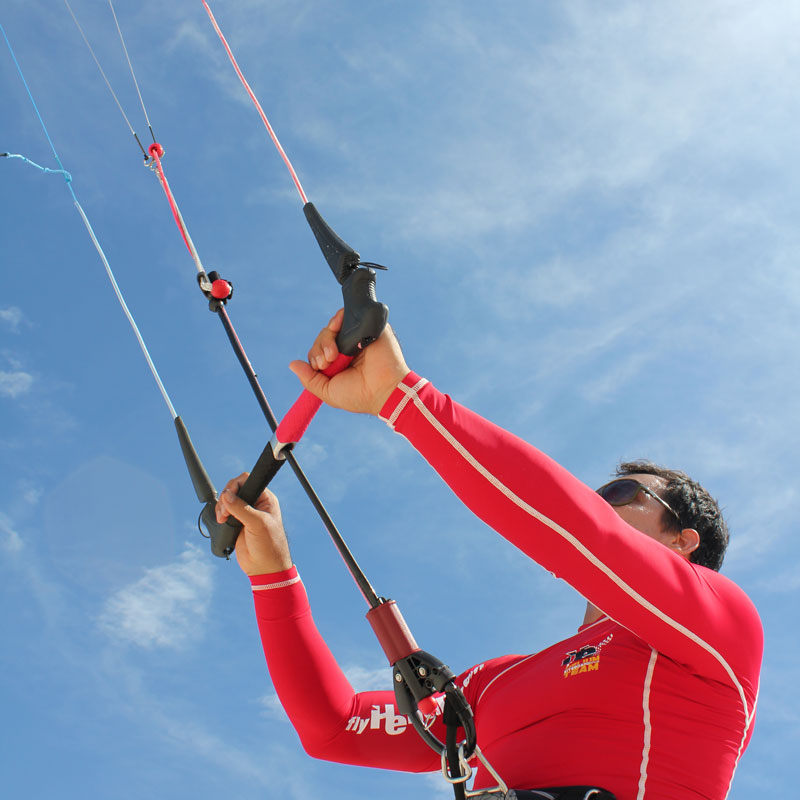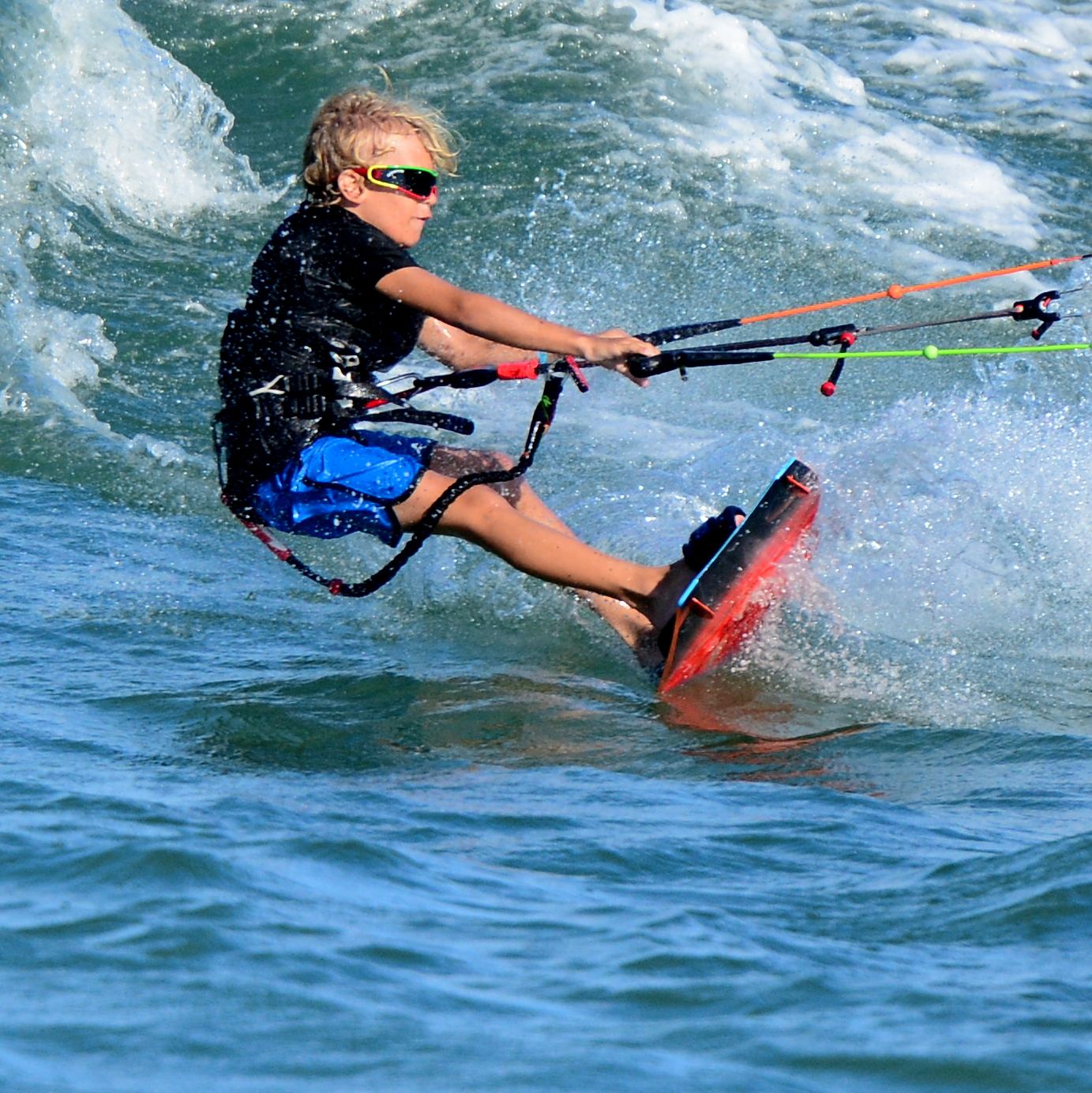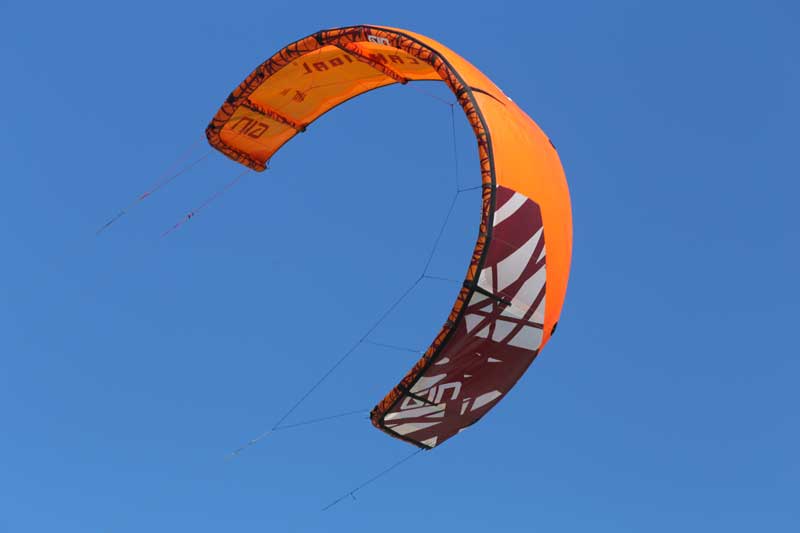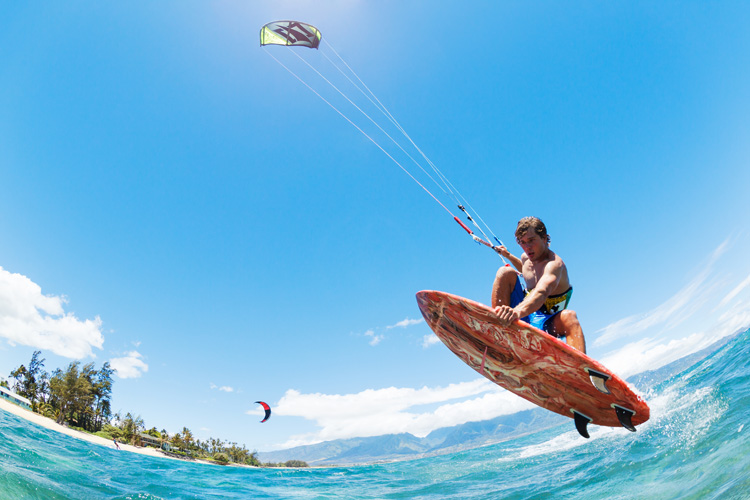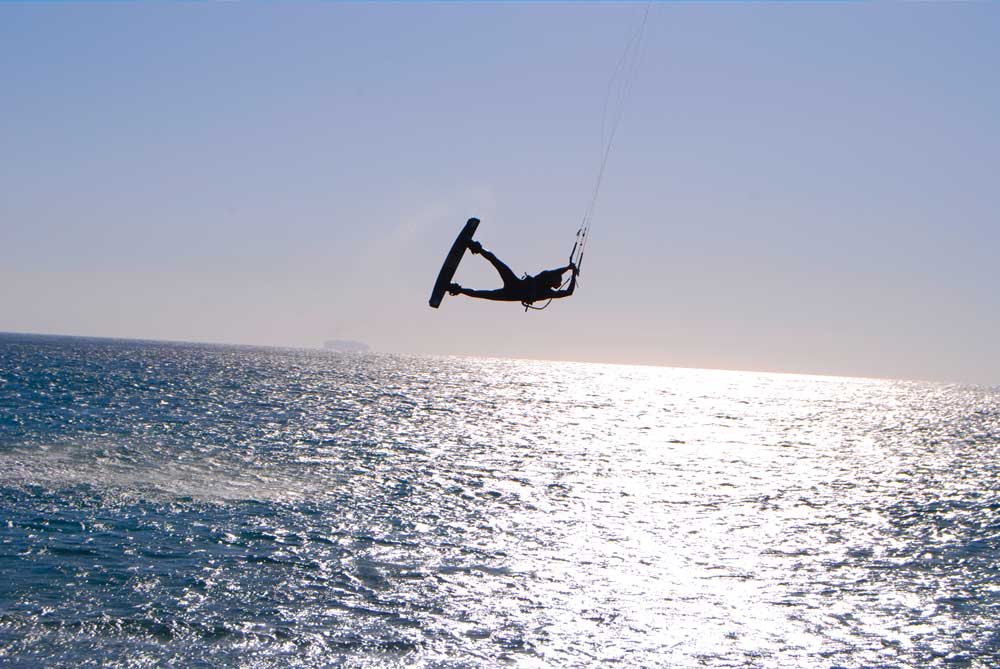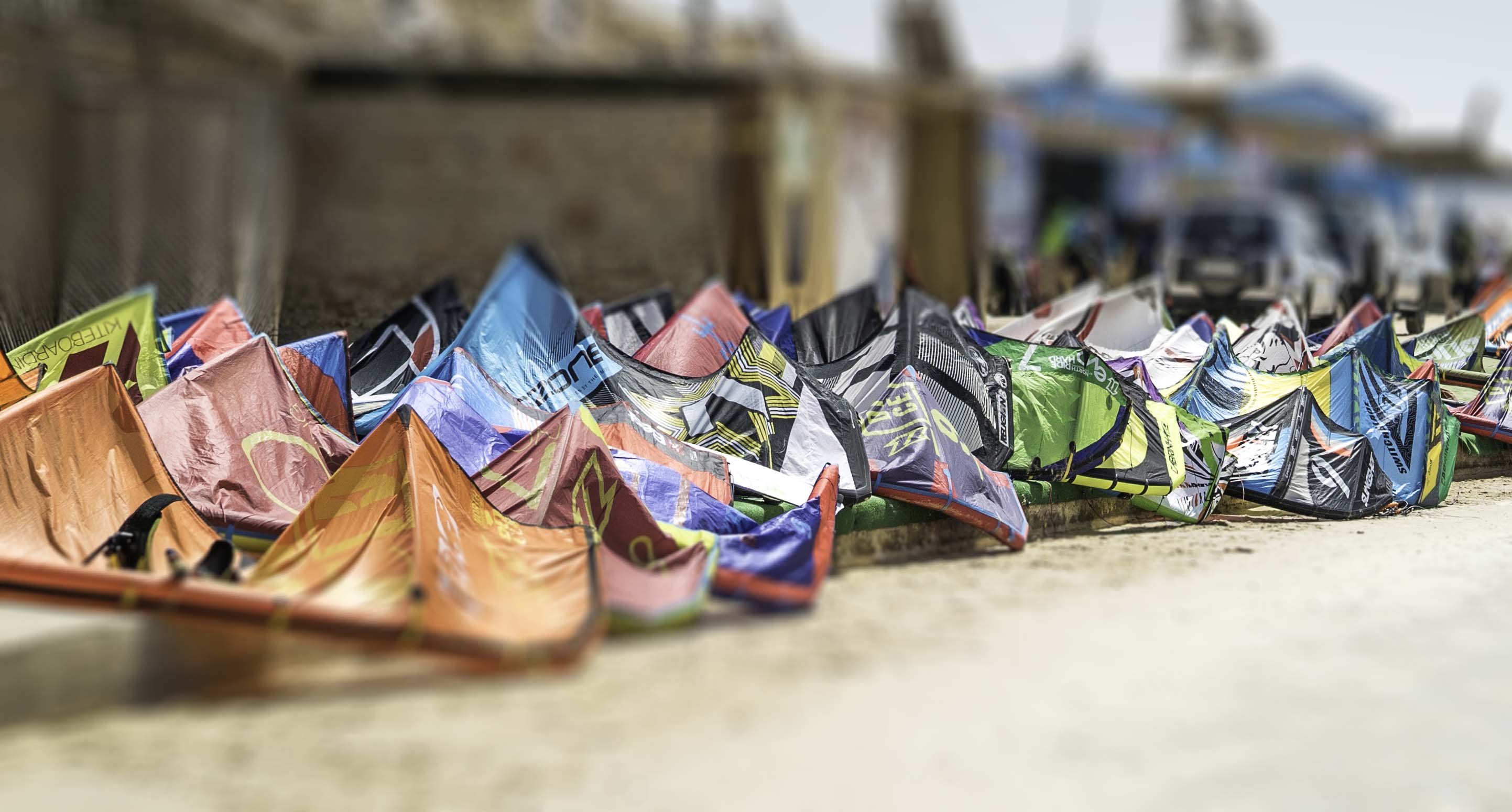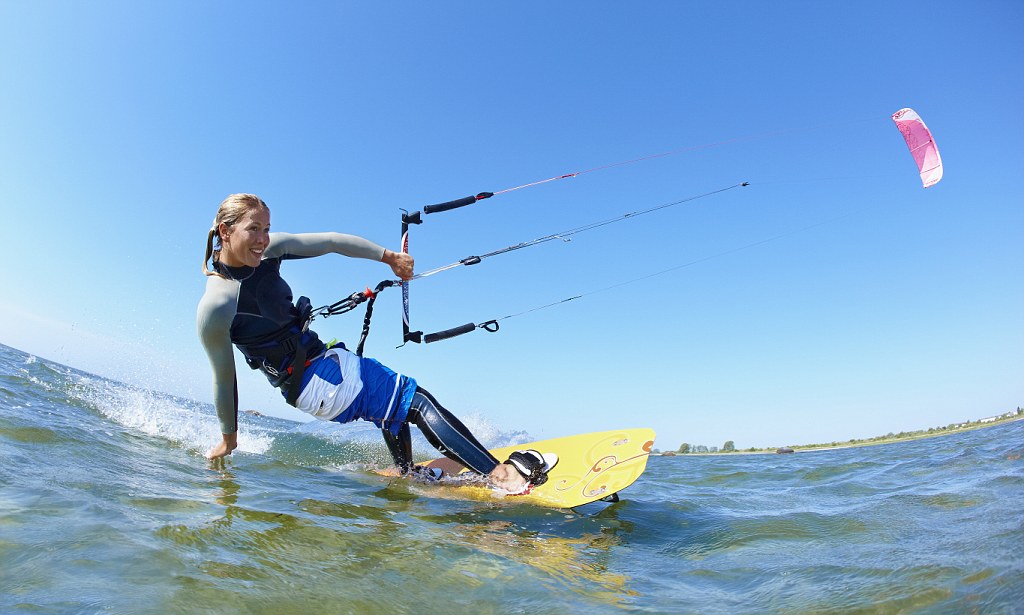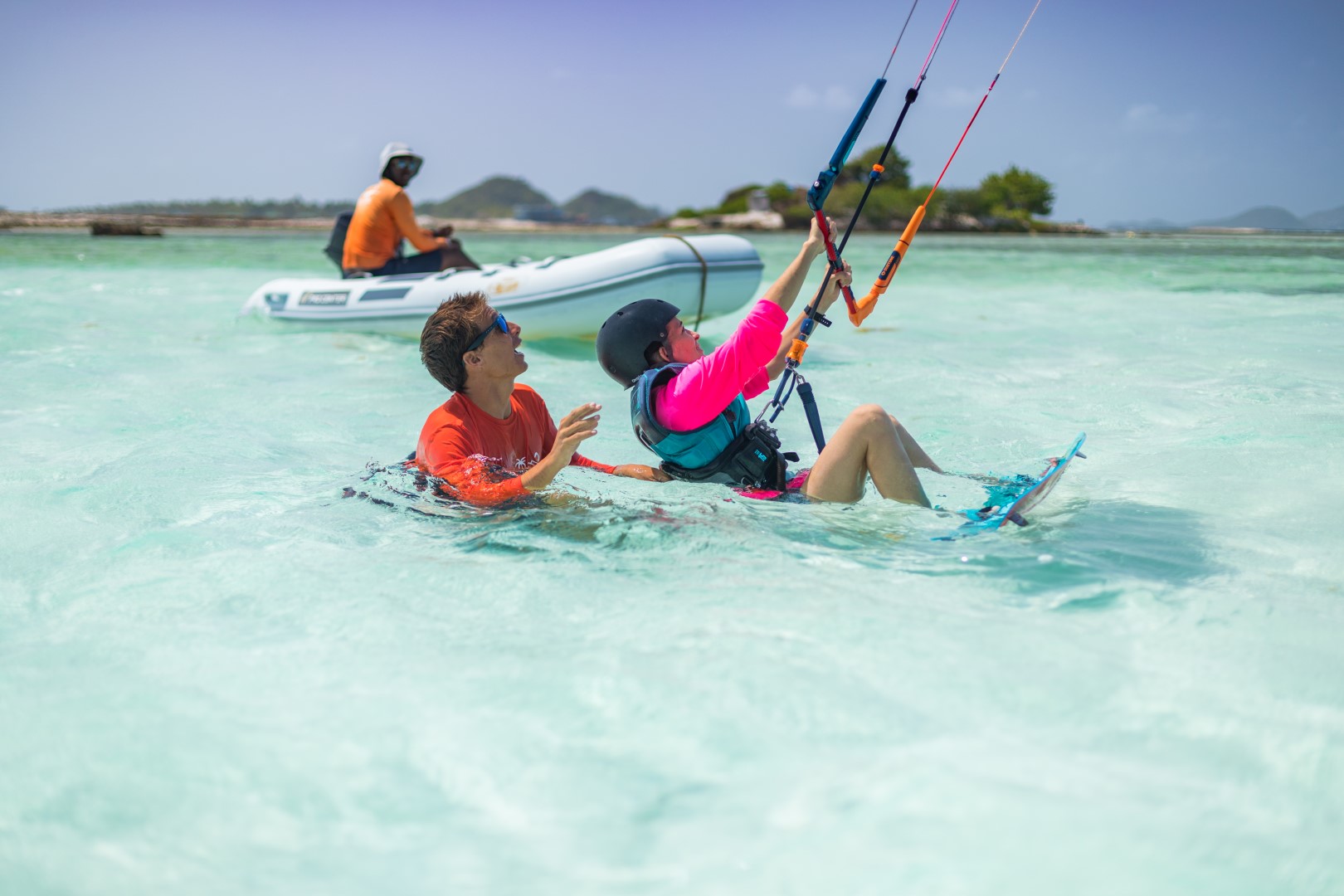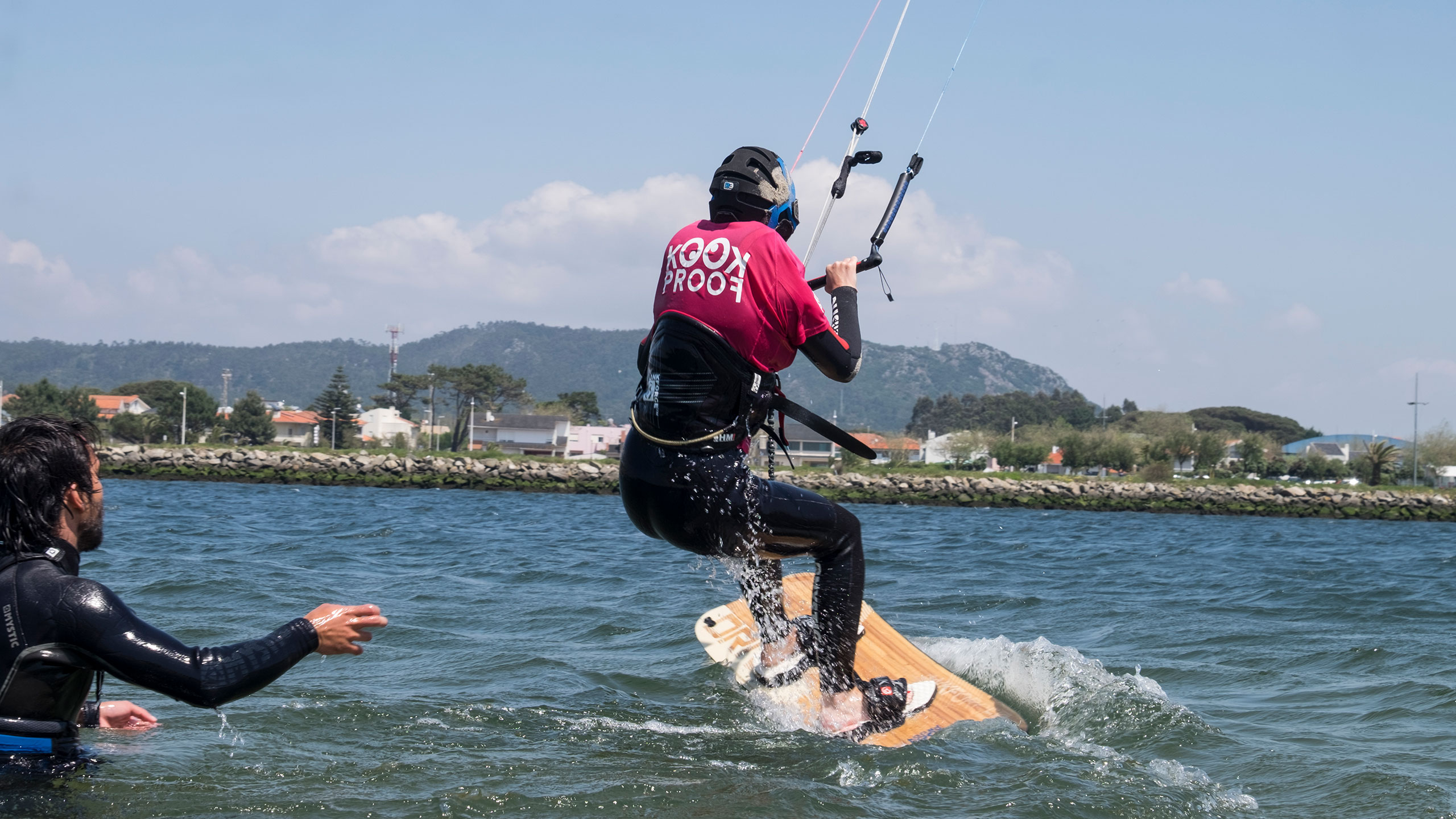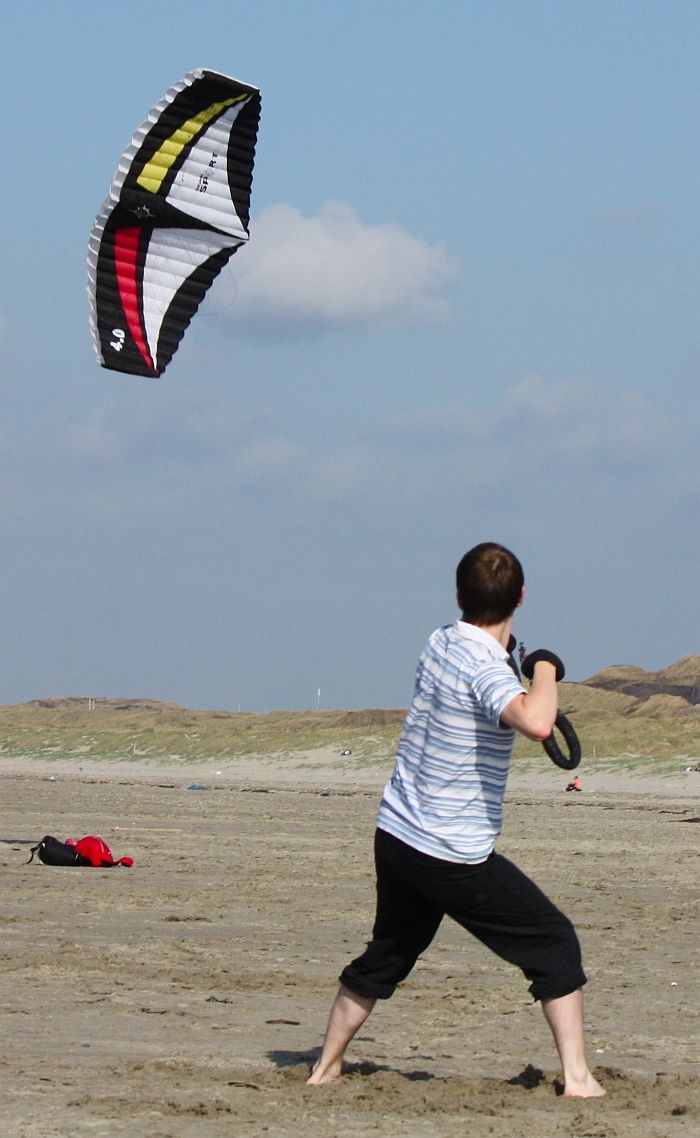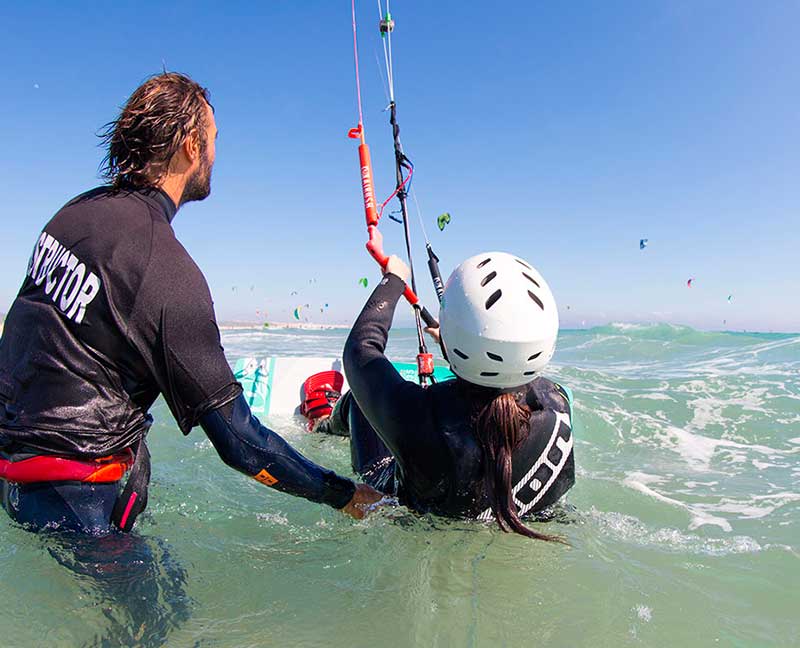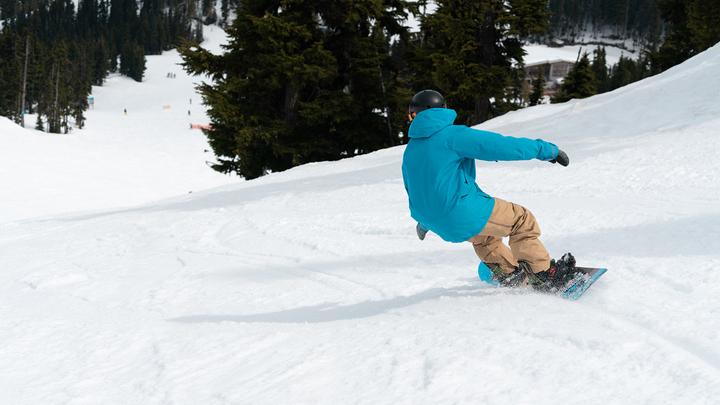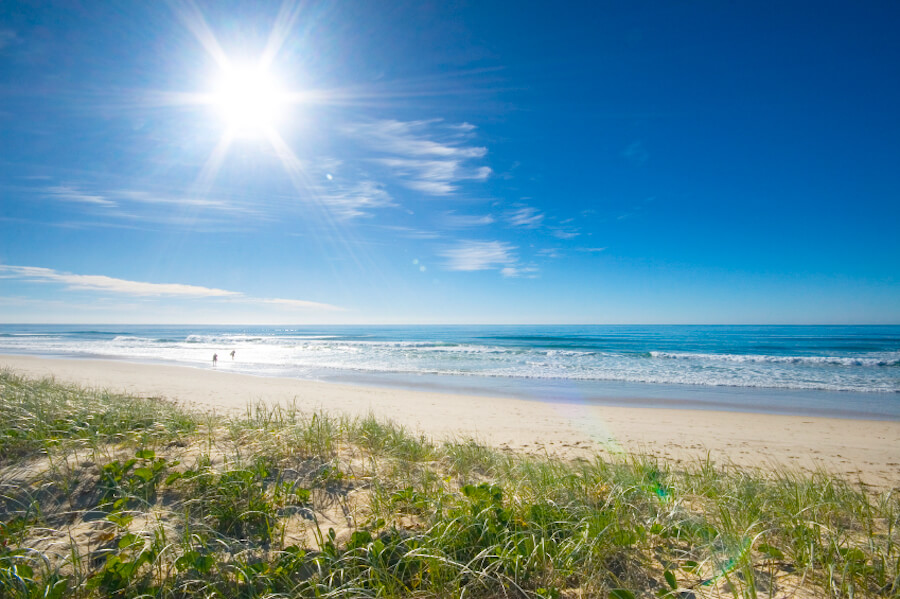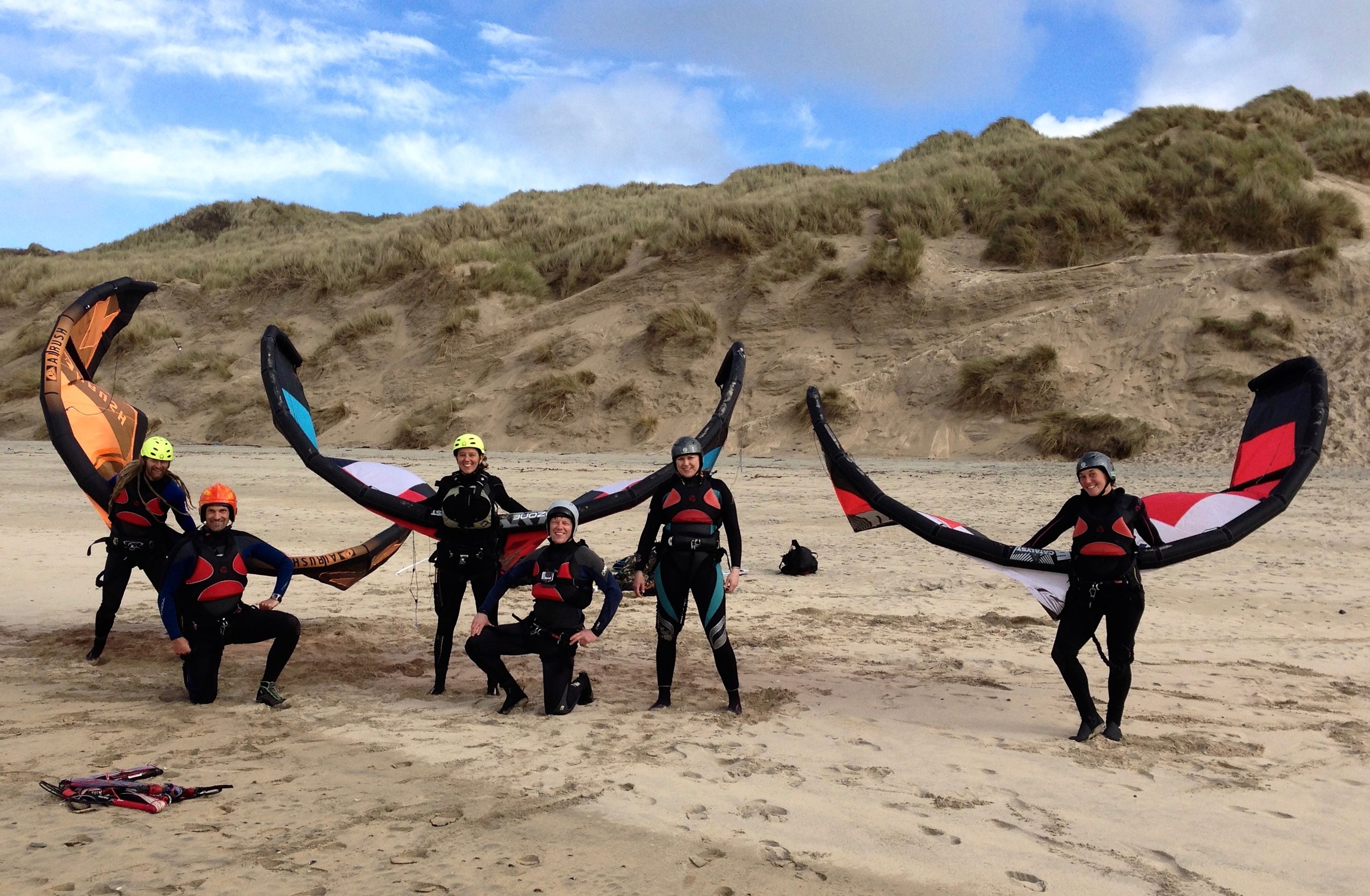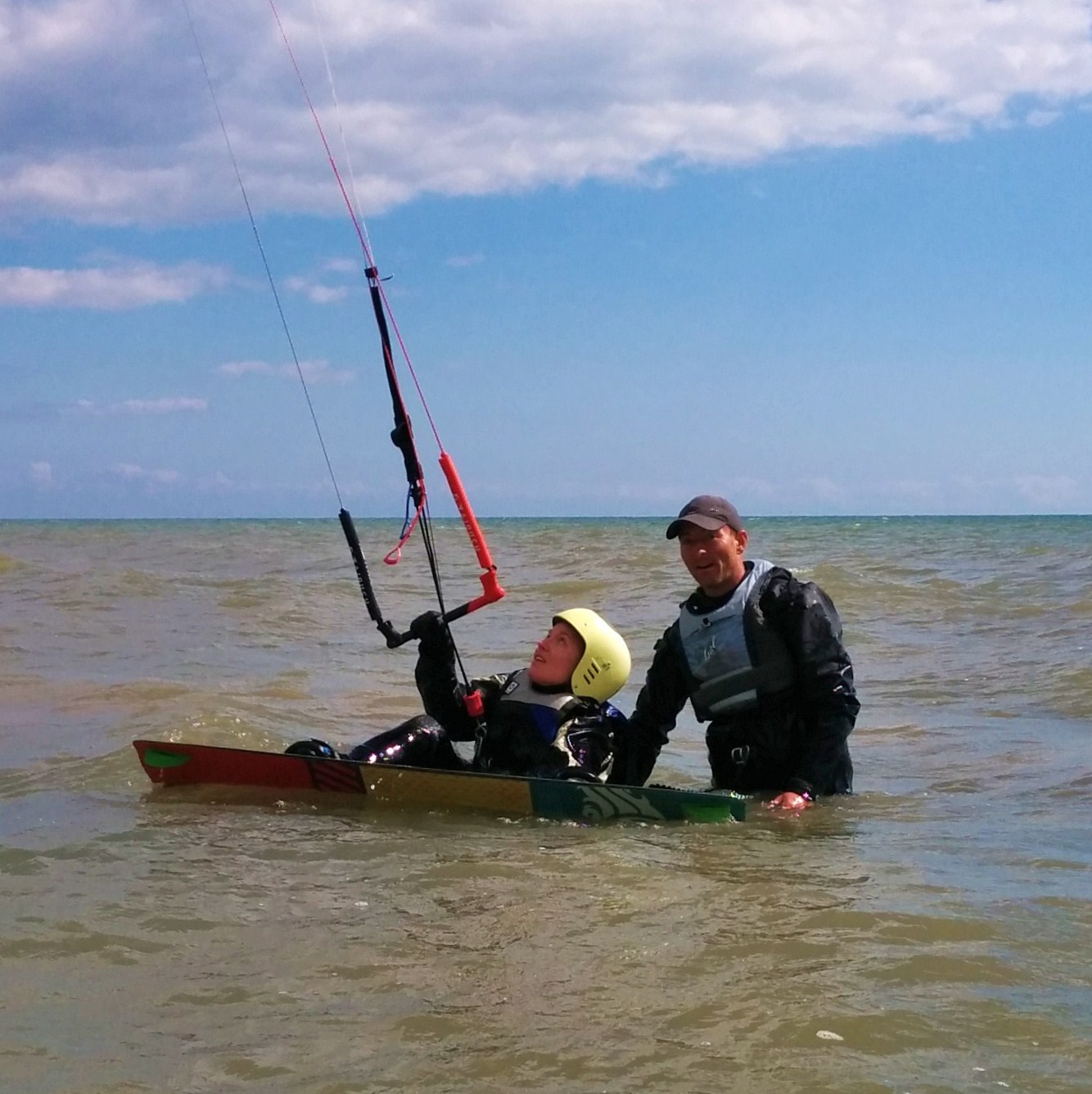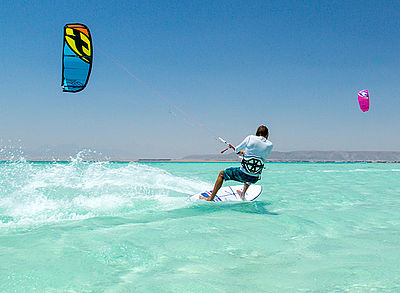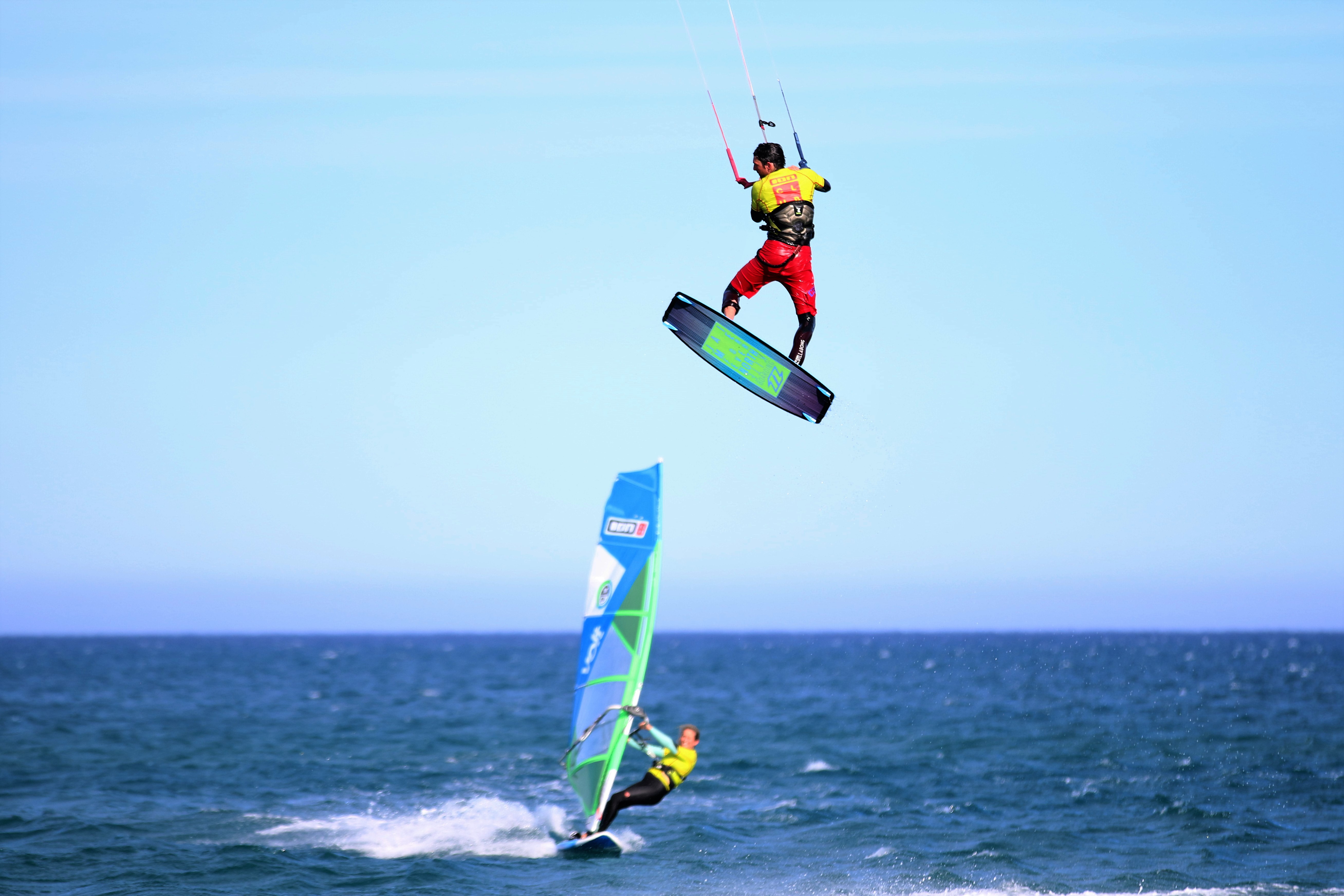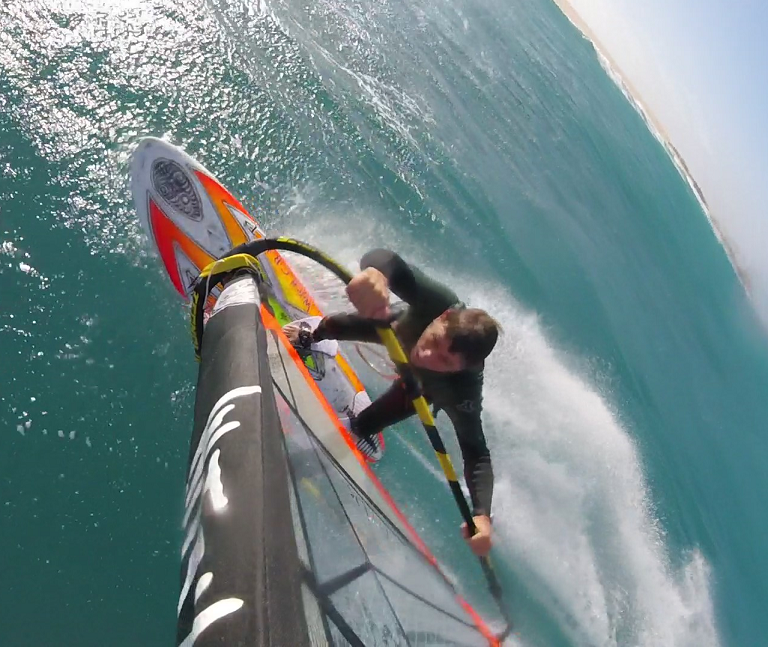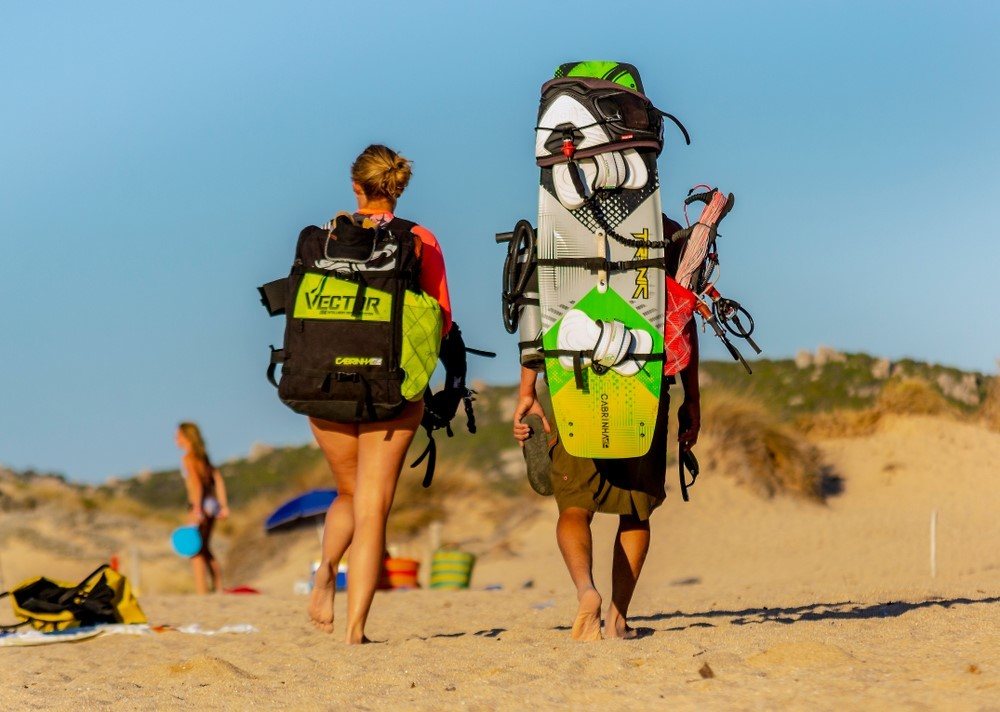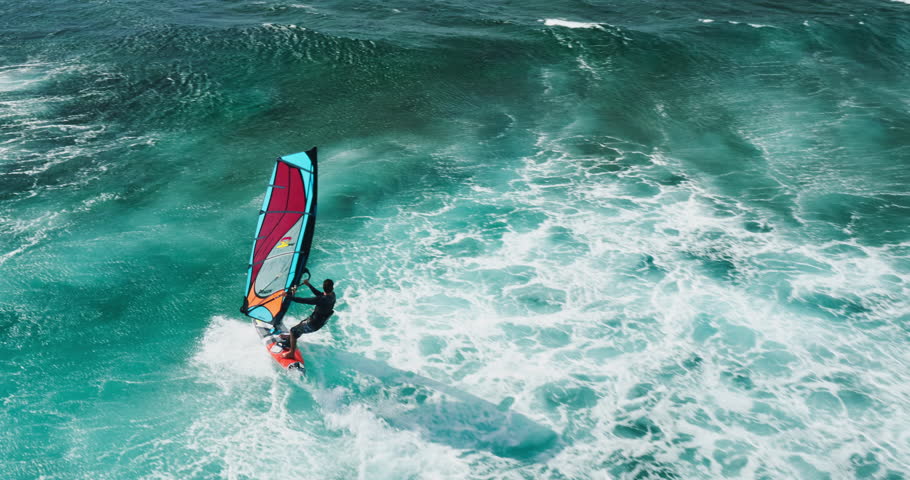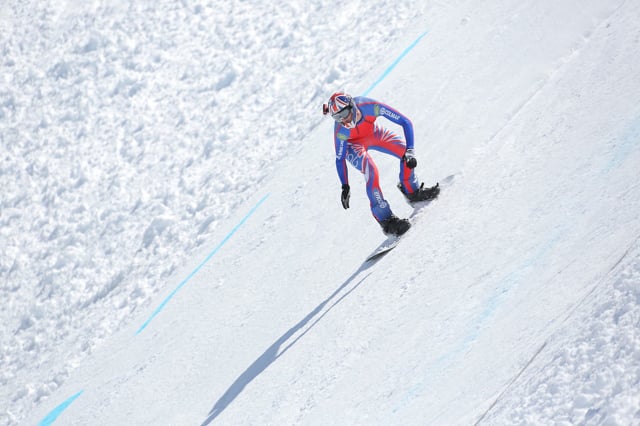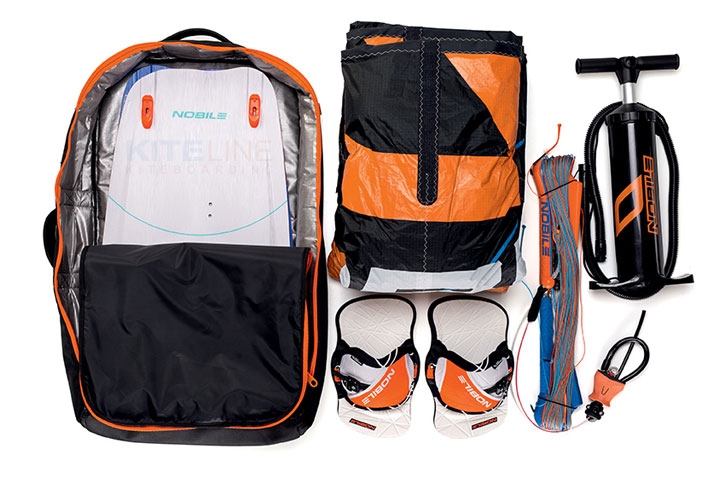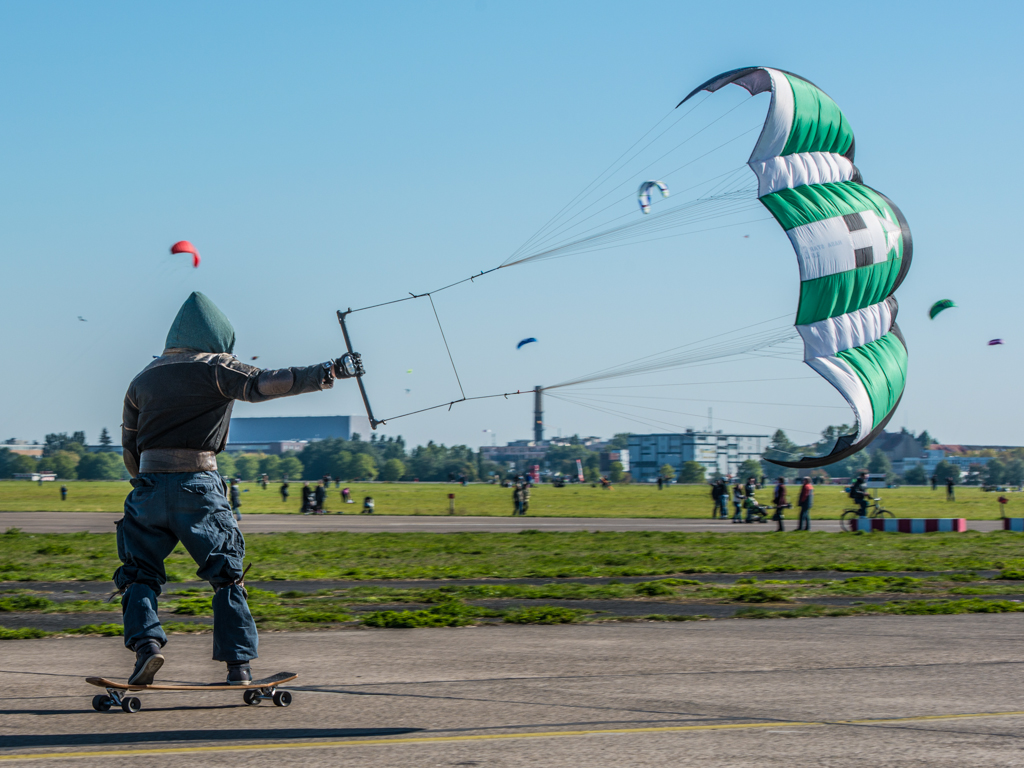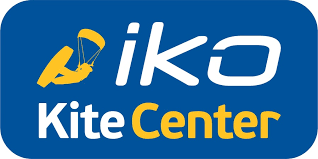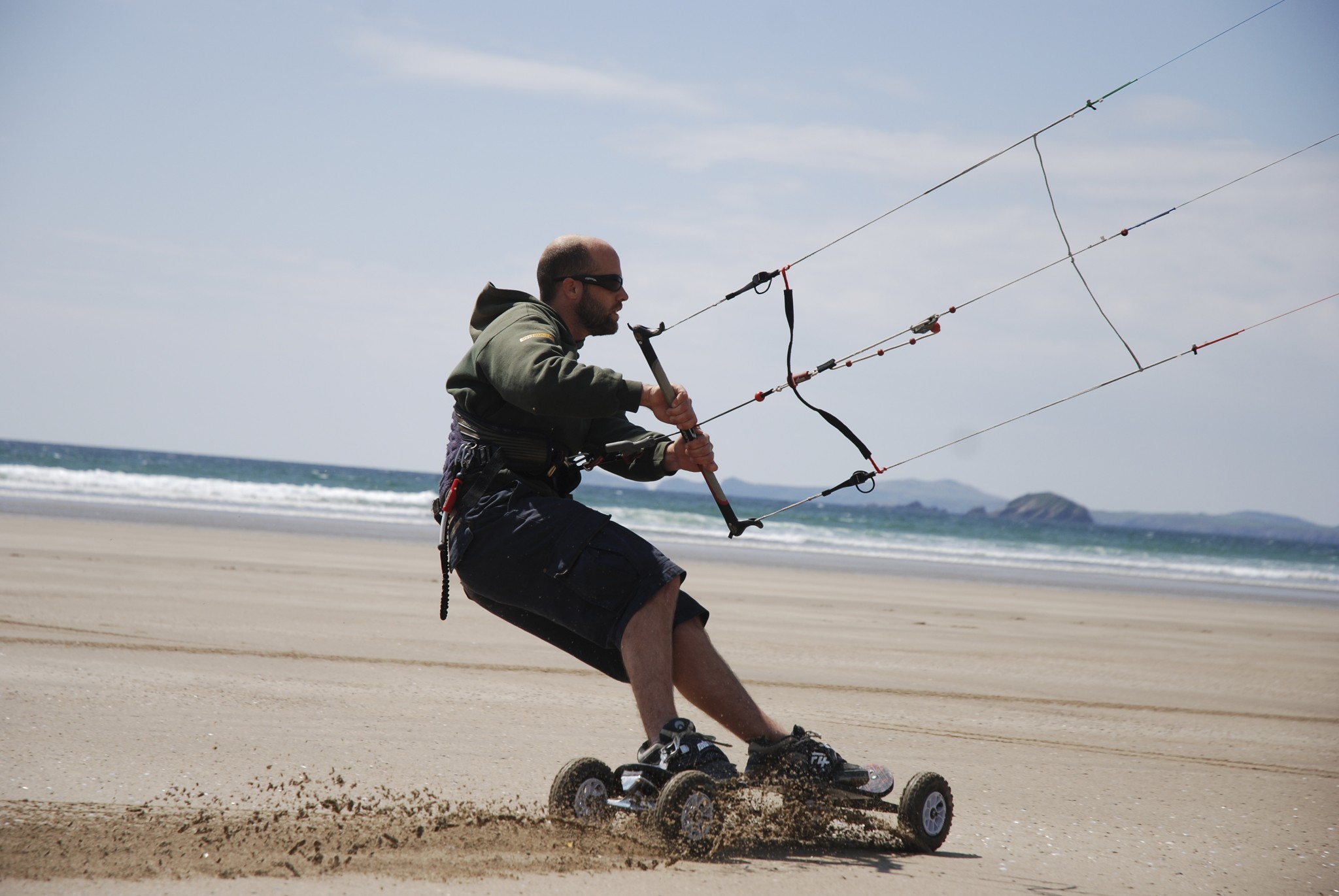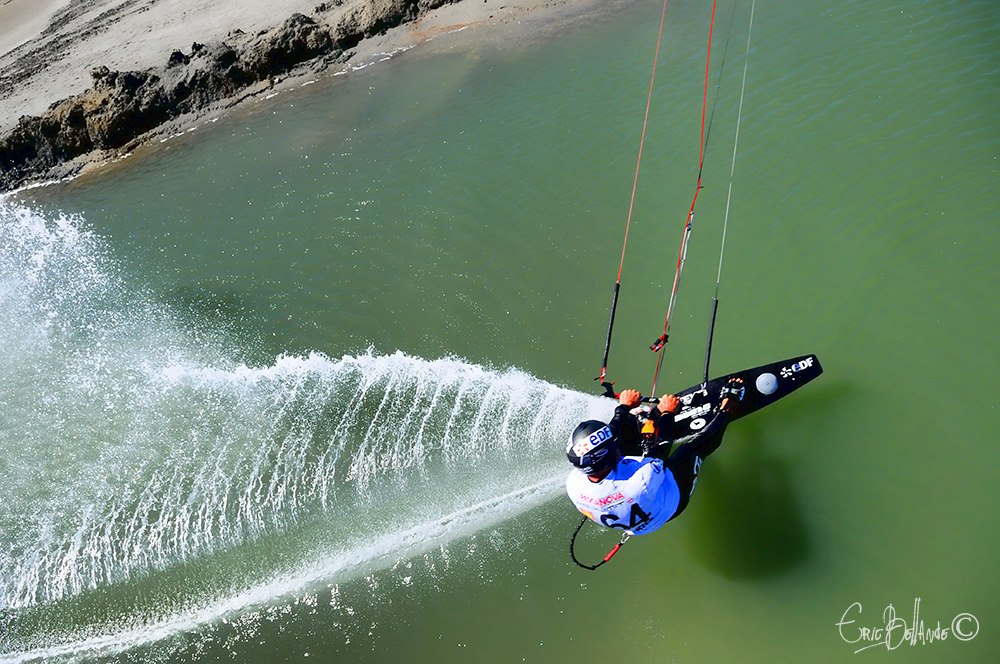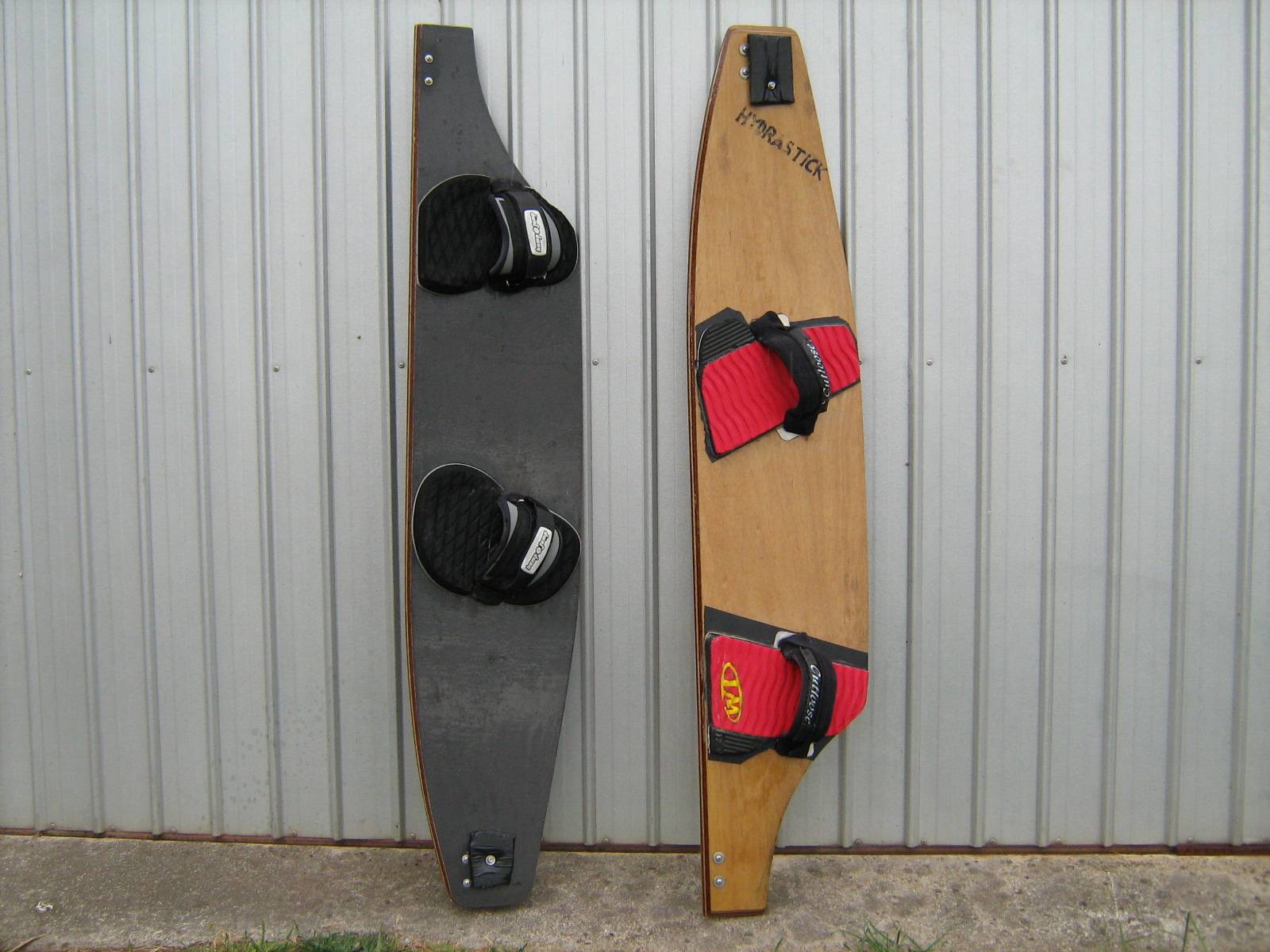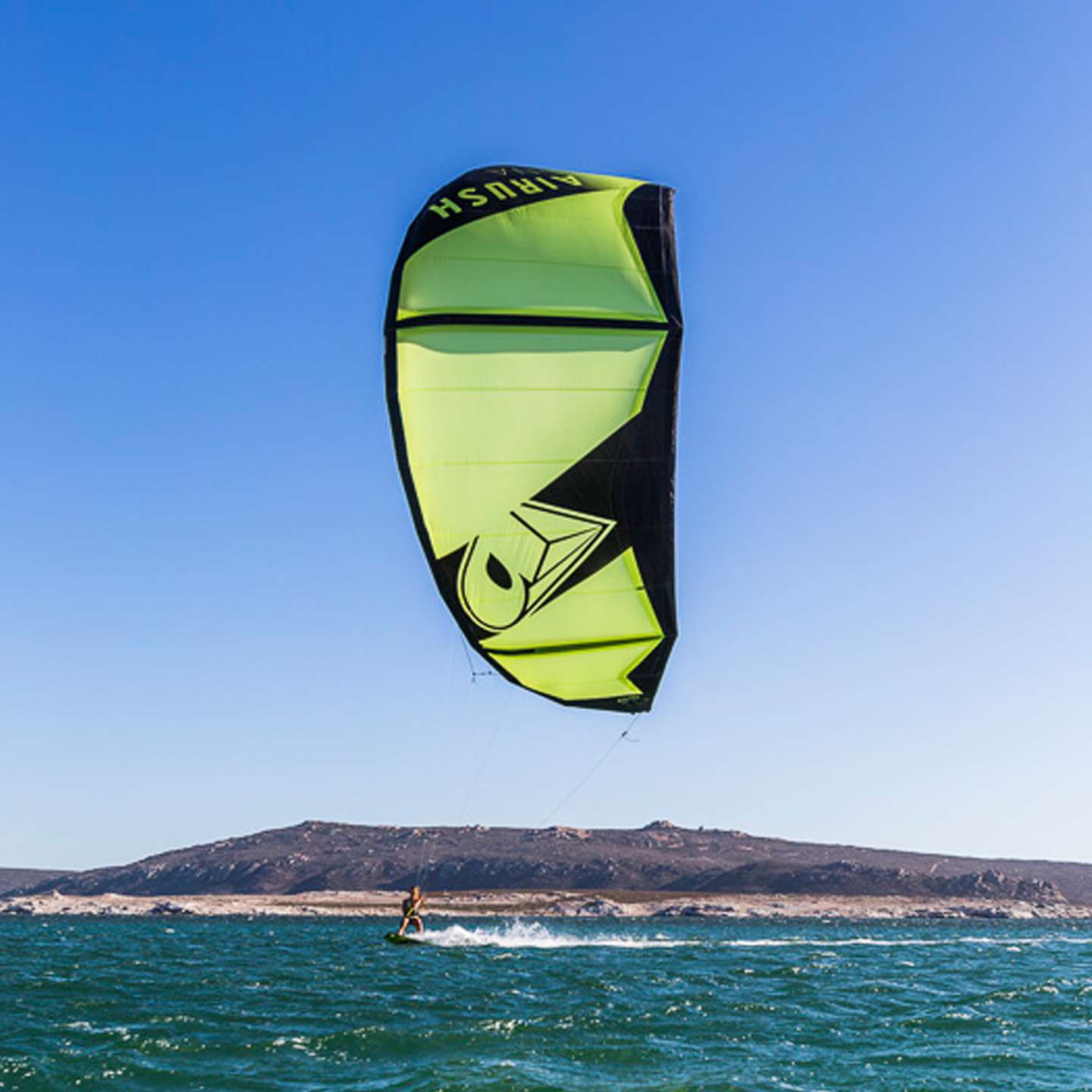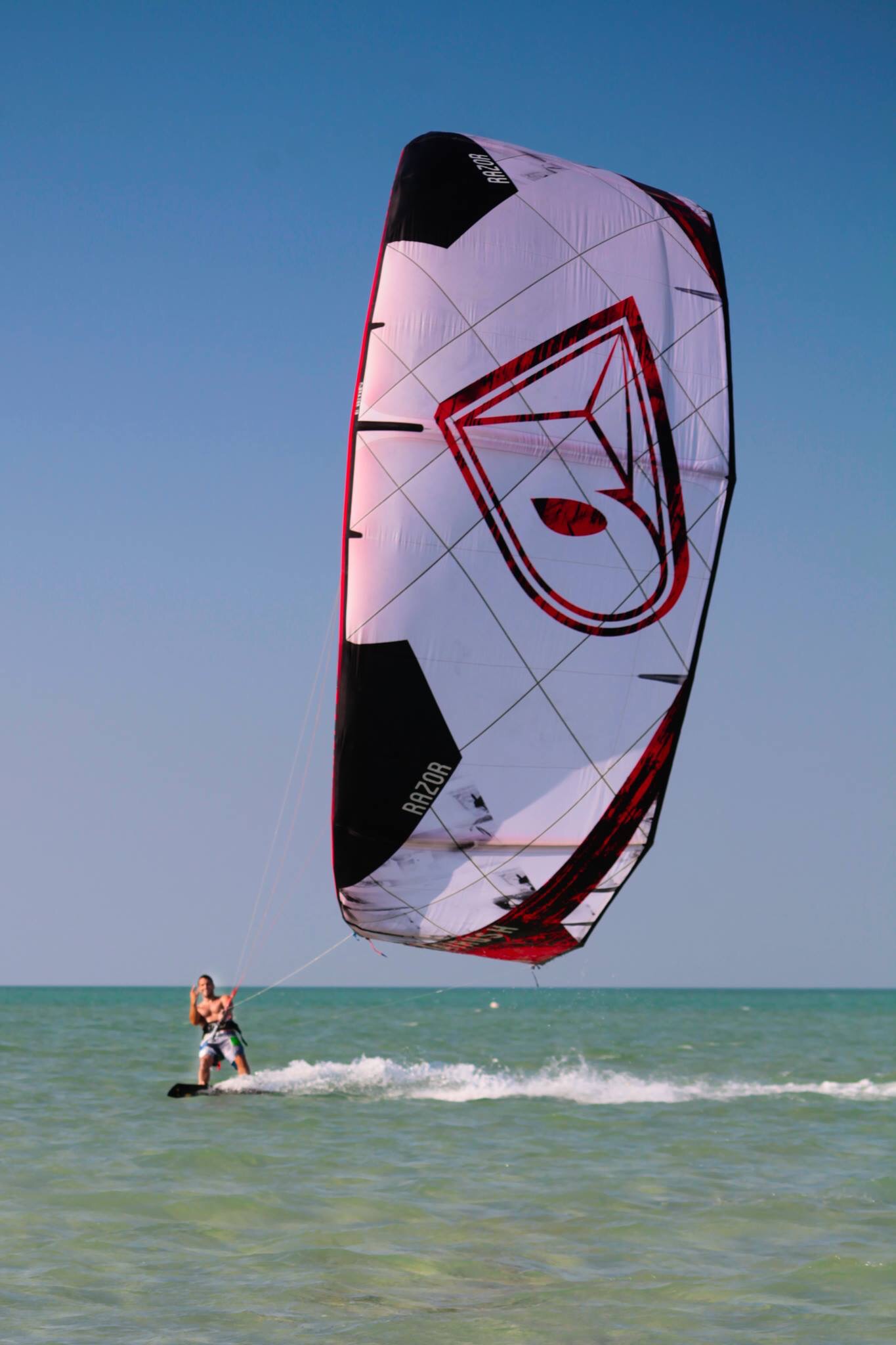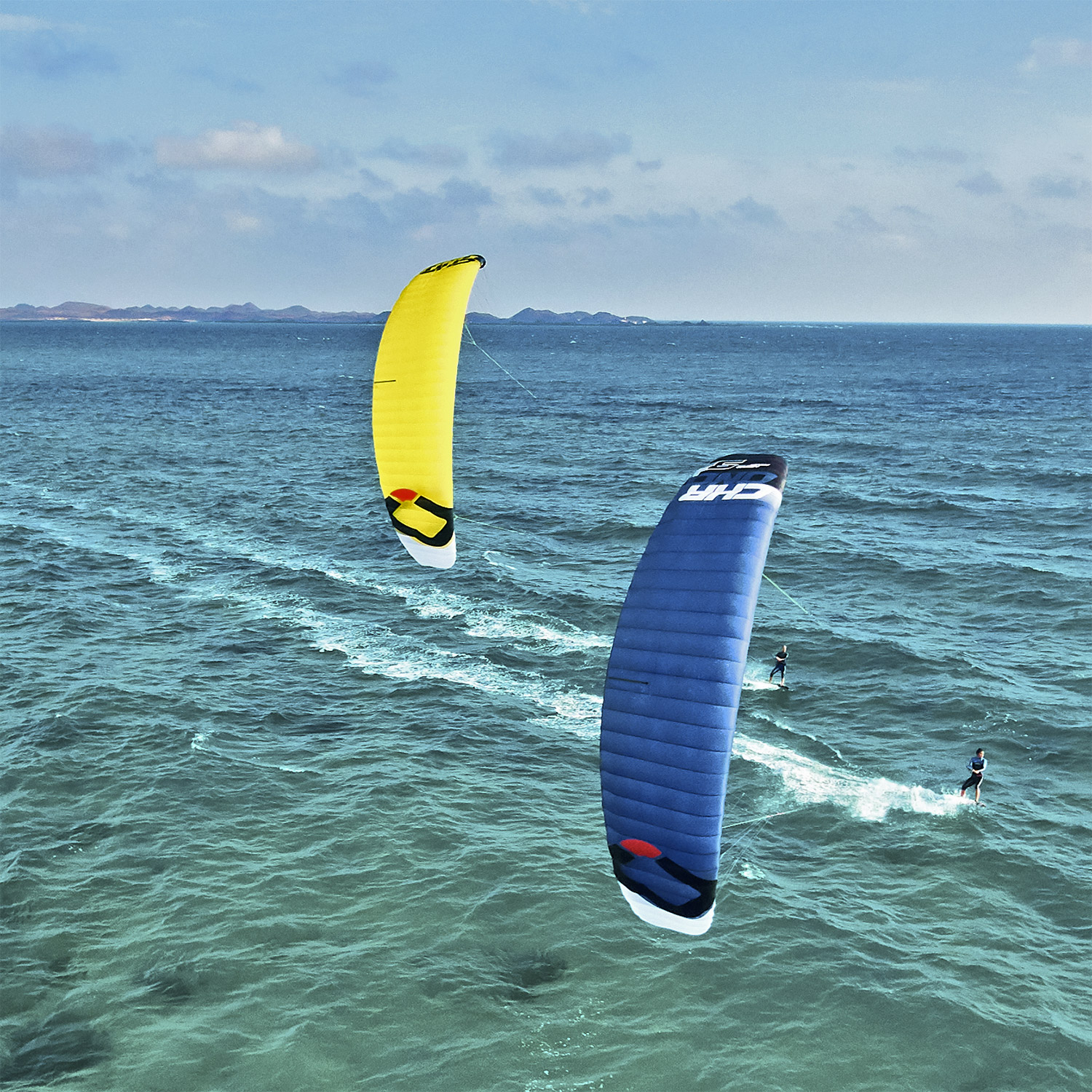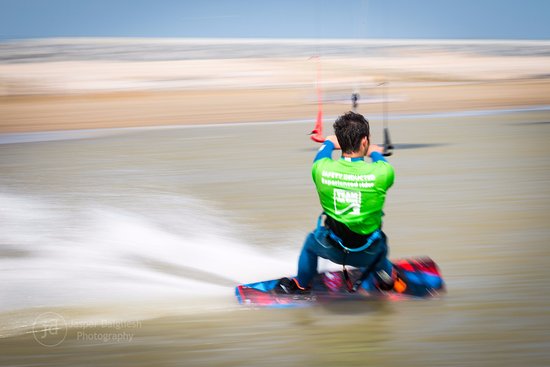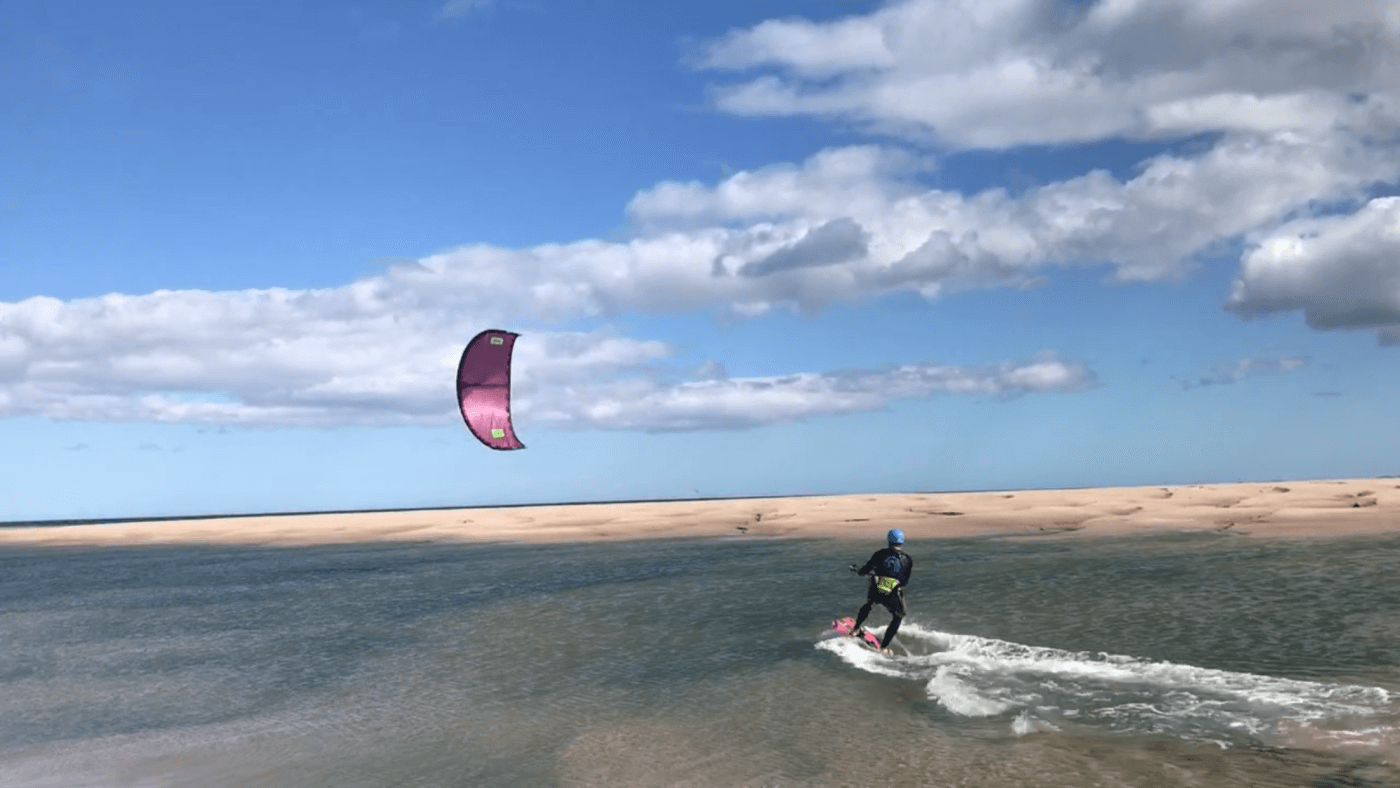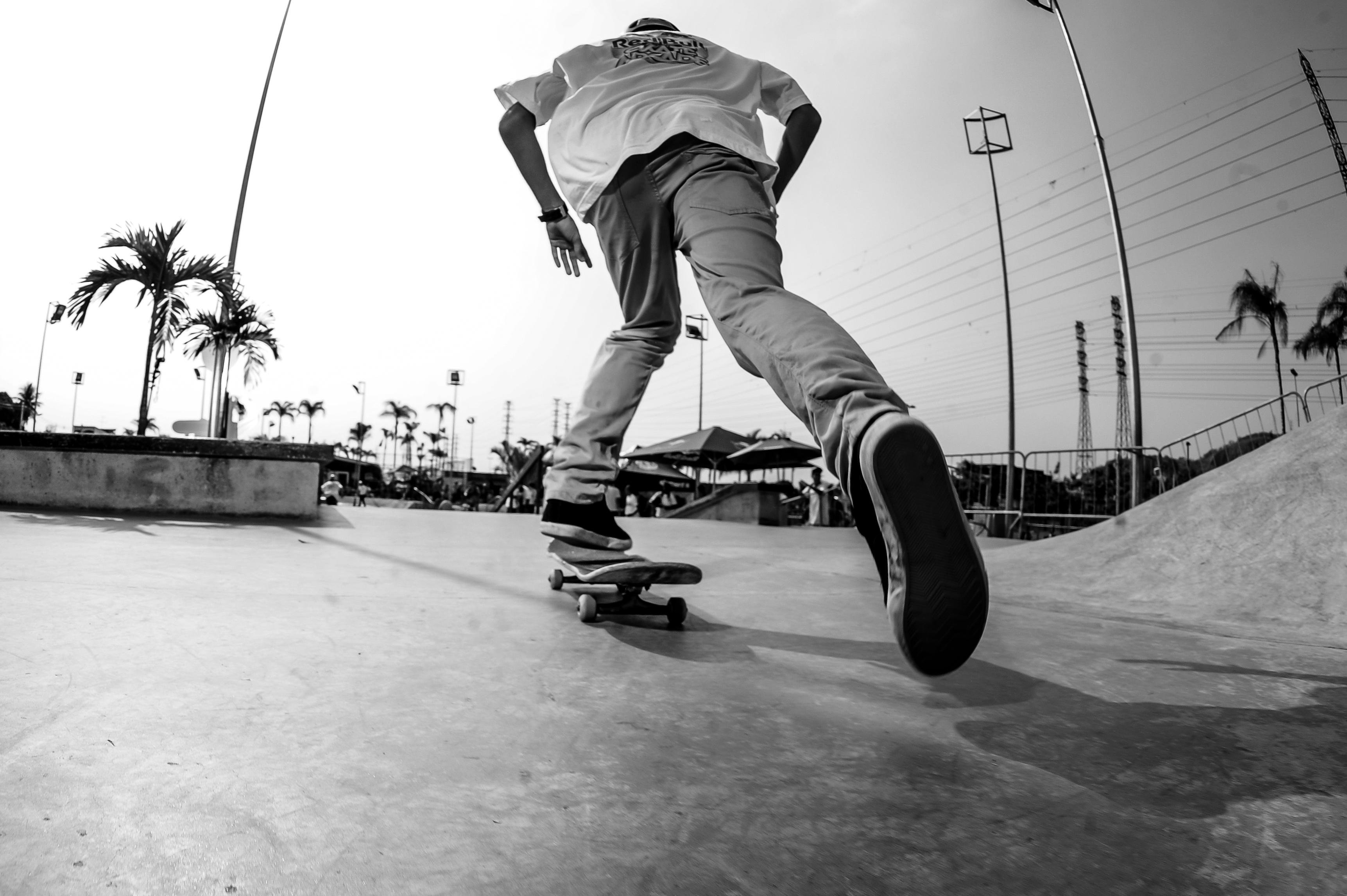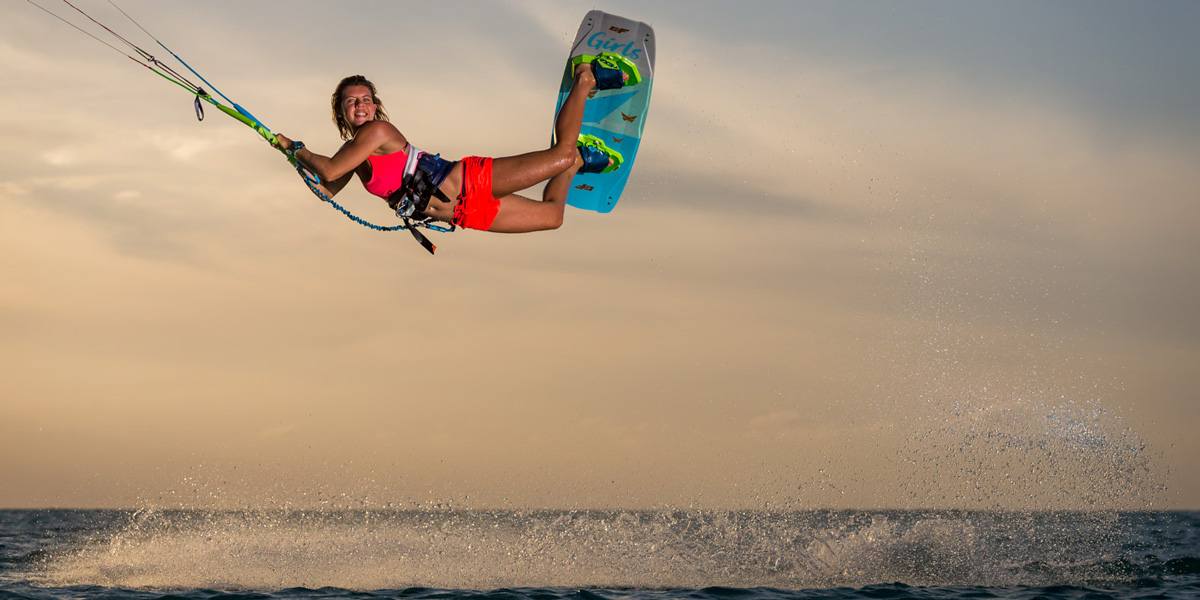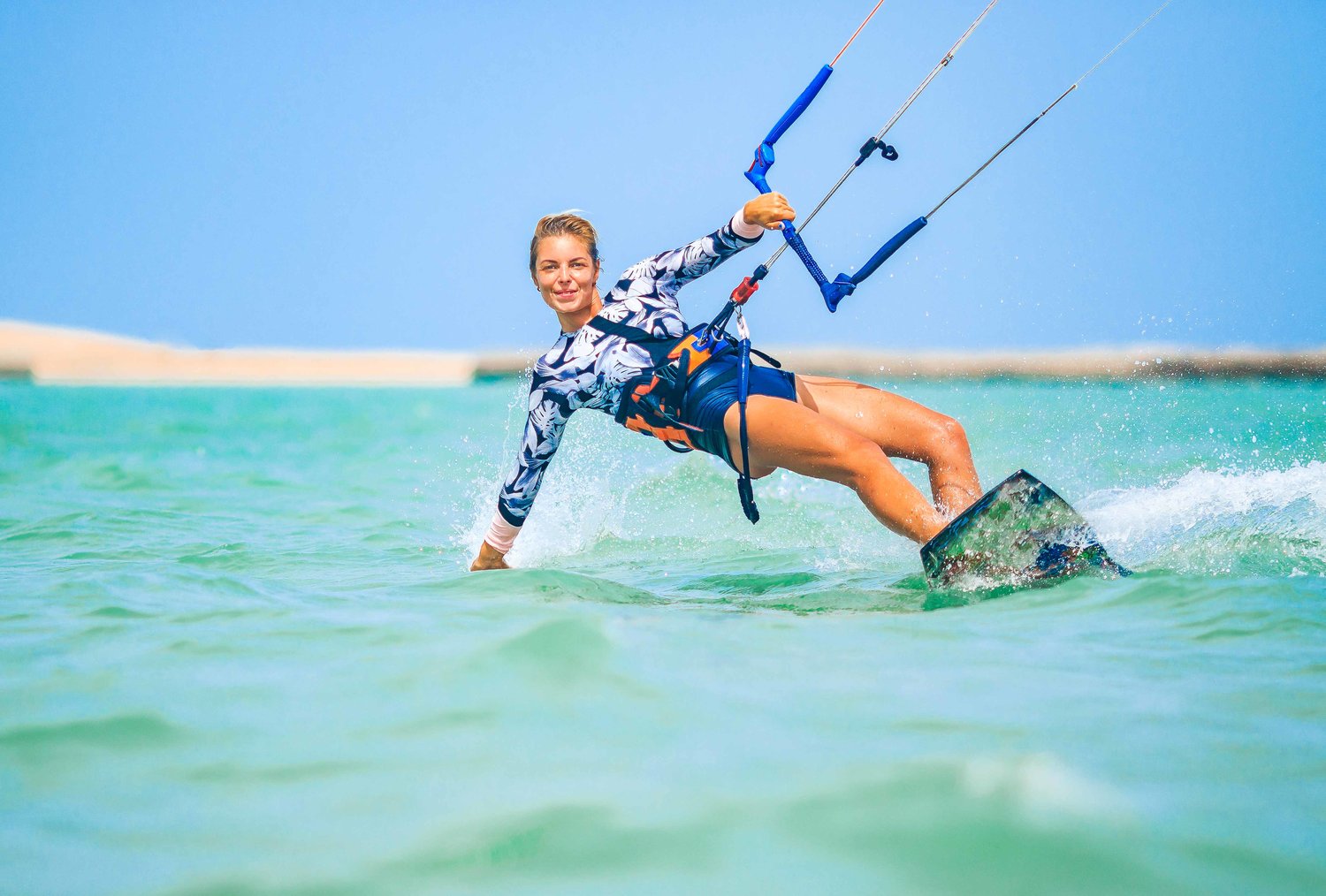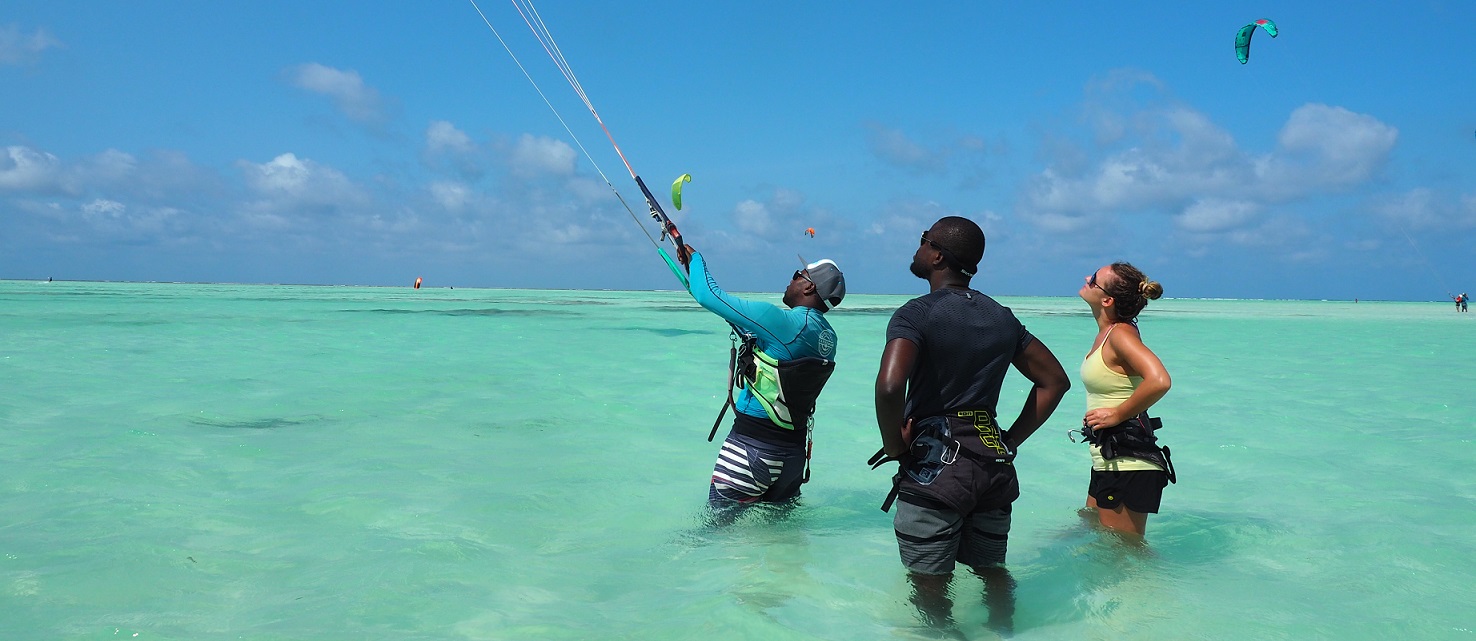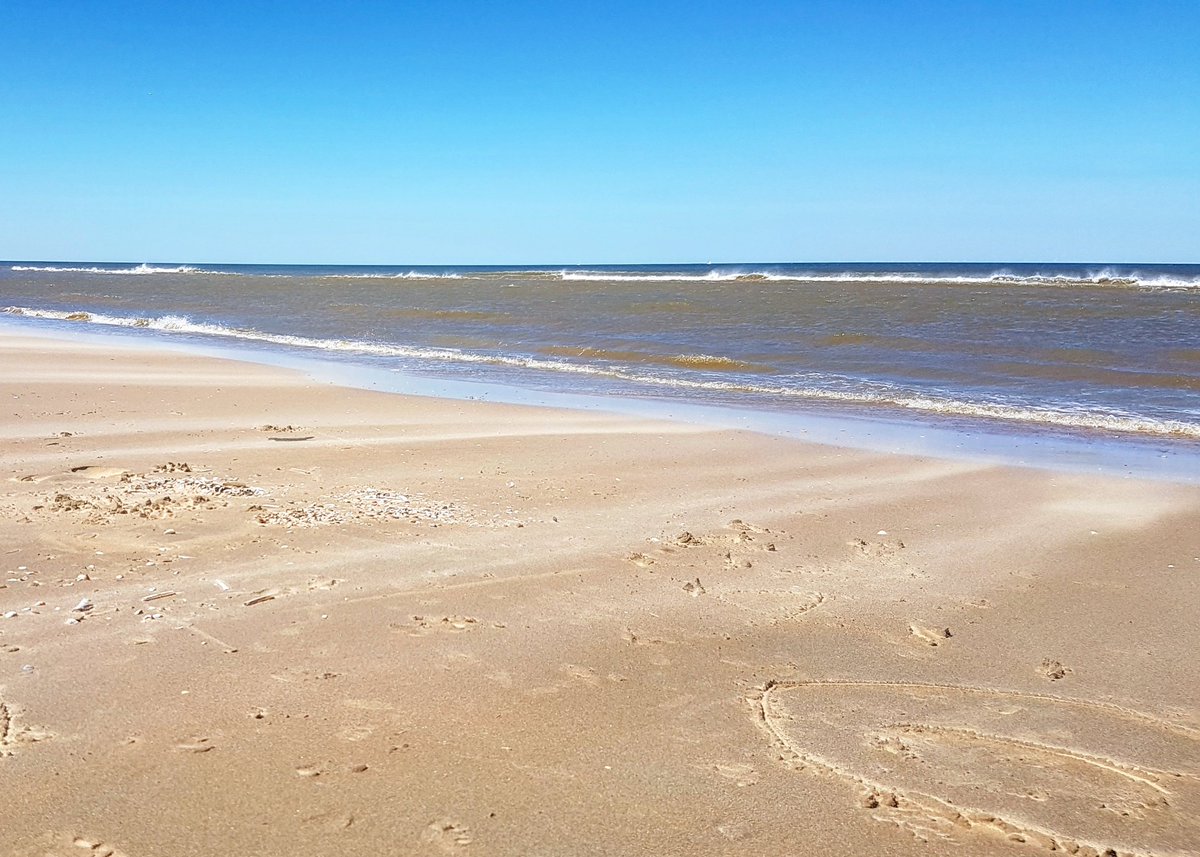Intermediate Winter Kitesurf Coaching Sessions
Are you an intermediate kitesurfer looking to improve your skills and take your kiting to new heights? We have the perfect opportunity for you! We are thrilled to announce our upcoming Winter Kitesurfing Coaching Sessions. Whether you’re an experienced rider looking to refine your abilities or a passionate amateur eager to take your skills to the next level, our range of intermediate kitesurf coaching sessions are designed with your needs in mind. It’s time for you to embrace the thrill of gliding over the waves, the rush of adrenaline as you catch the wind and soar above the water and the satisfaction of mastering a challenging new skill.
Join us this winter for a series of skill-specific coaching sessions that will help you unlock your full potential and transform your kitesurfing experience. With a focus on key techniques such as jumping, backrolls, frontrolls, toeside, strapless surf, and downwinders, these sessions will provide you with a comprehensive understanding of the sport and equip you with the tools you need to excel.
Our coaching sessions are scheduled to run through November, December, January, and February, offering you a perfect opportunity to enhance your skills during the winter months. The cost of each 3-hour coaching session is £69 per person. We’re also offering downwinders for free, giving you a chance to practice and perfect your skills in a dynamic, real-world setting.
It’s important to note that our coaching sessions and downwinders are designed for intermediate-level riders who can ride upwind and are keen to progress further. If you’re confident in your basic skills and ready to take on the challenge, we’re here to help you make that leap and take your kitesurfing experience to new heights.
Please be aware that the coaching fee does not include equipment hire. The hire charge is discounted to £30 for a kite or £45 for full equipment during coaching sessions and our regular charge of £40 for a kite or £60 for full equipment applies during downwinders (2 hours duration). While we strive to provide the best possible training, it’s essential that you have access to the right gear to ensure your safety and maximize your learning experience. Riders must hold a valid BKSA membership (with included insurance) to be able to participate in the sessions.
So, are you ready to elevate your kitesurfing game? Are you excited to take on the waves and learn from experienced coaches passionate about the sport and dedicated to helping you improve? Then don’t wait any longer! Get in touch with us today to book yourself into our intermediate kitesurf coaching sessions.
Spaces are limited to 6 riders per coach, so jump in quickly and secure your spot. We look forward to welcoming you to our community and helping you take your kitesurfing to the next level!
For bookings and more information, you can email us at [email protected] or visit our coaching page for detailed schedule and booking information.
Join us this winter and transform your kitesurfing experience with our intermediate kitesurf coaching sessions. We can’t wait to see you on the water!
Kitesurf Coaching & Downwinders Schedule
NOVEMBER
Saturday 11th 1:00pm (Downwinder & Social)
Saturday 25th 12:30pm (Toeside, carving and strapless surf)
DECEMBER
Saturday 2nd 9:00am (Downwinder & Social)
Saturday 9th 10:00am (Pops & Jumps)
JANUARY
Saturday 20th 12:00pm (Toeside, carving and strapless surf)
FEBRUARY
Saturday 3rd 10:00am (Toeside, carving and strapless surf)
Saturday 10th 2:00pm (Downwinder & Social)
Saturday 17th 10:30am (Jumping higher)
Saturday 24th 2:00pm (Backrolls & Frontrolls)

